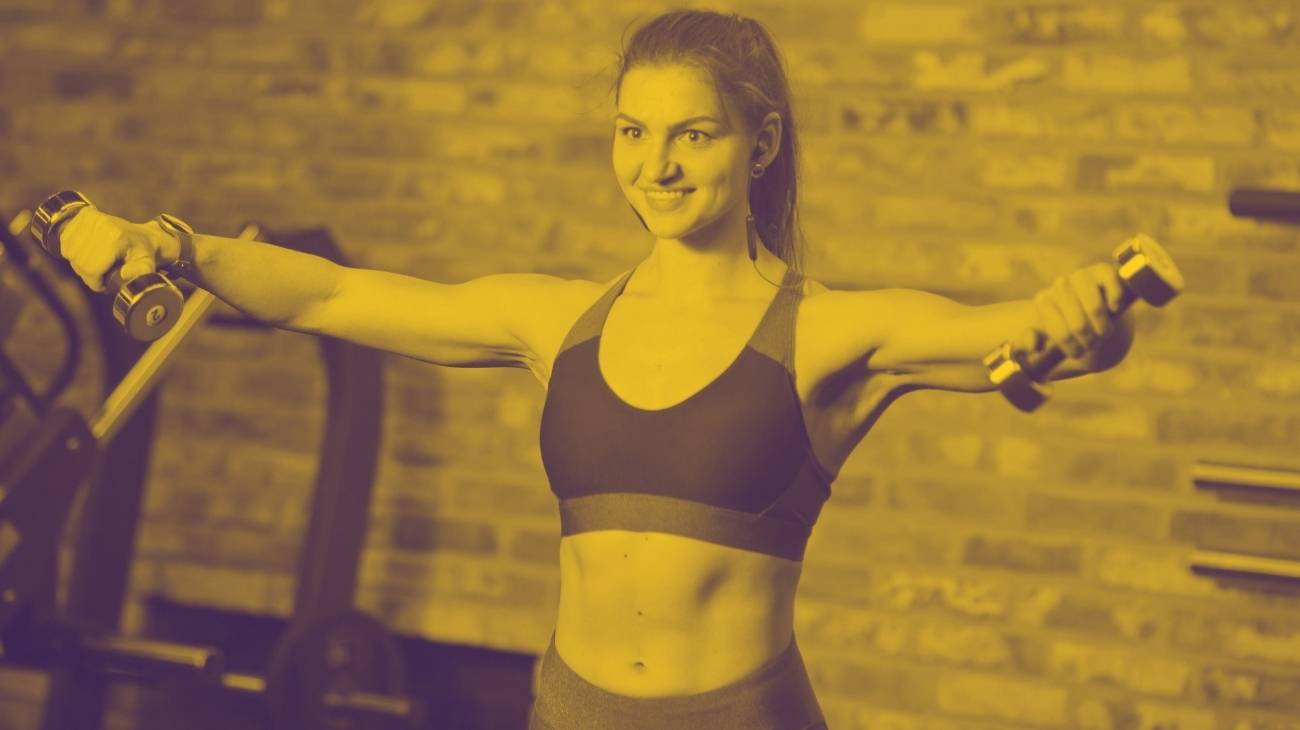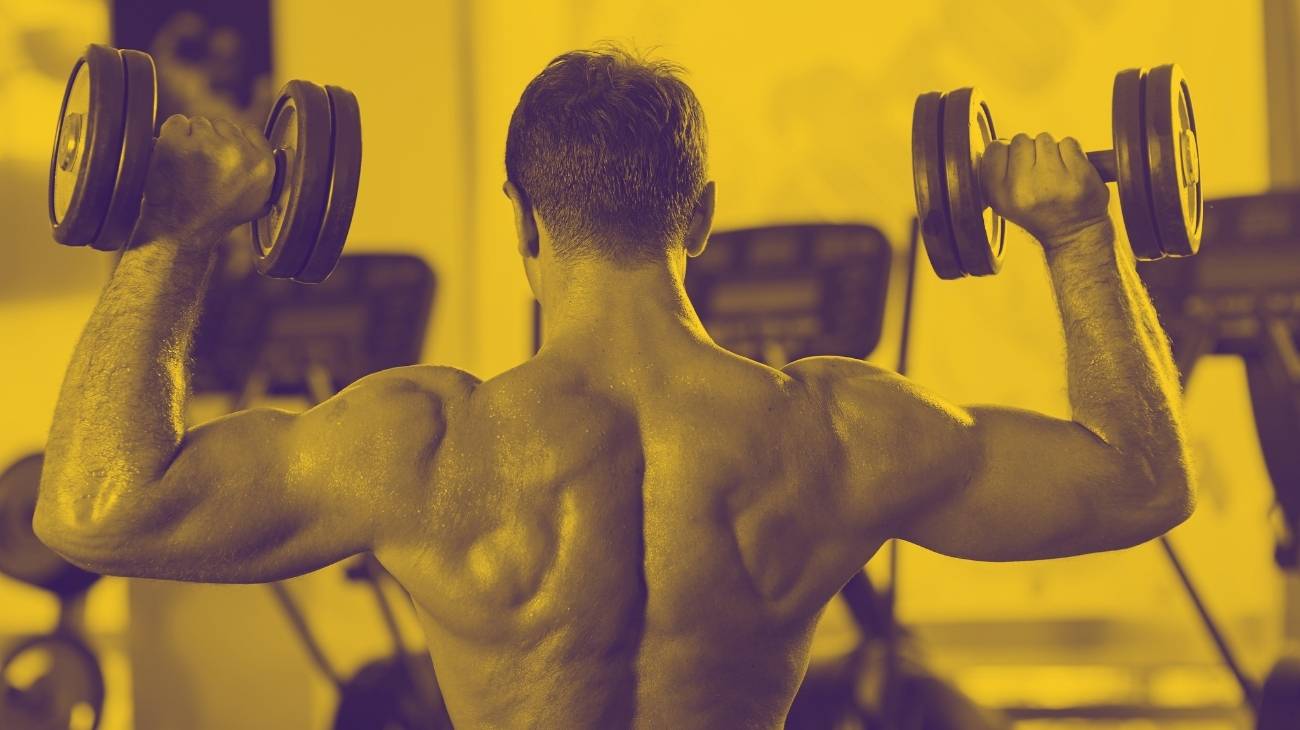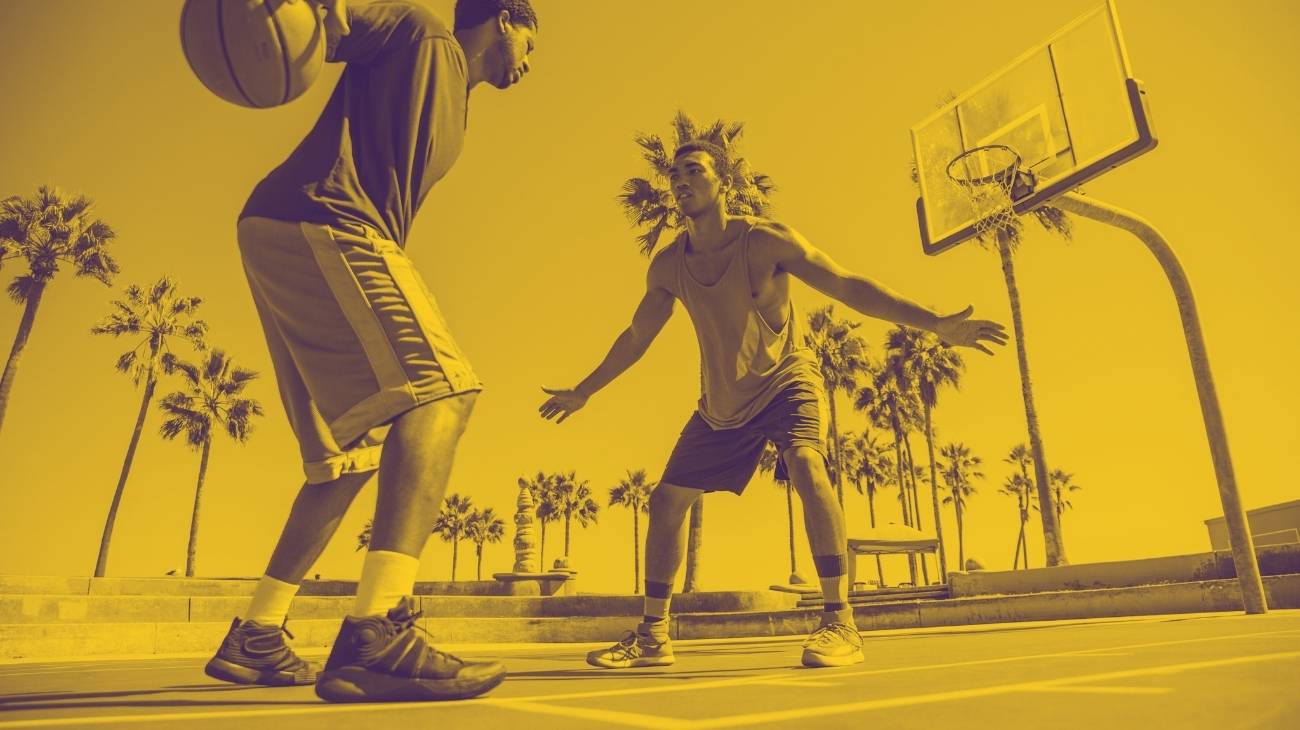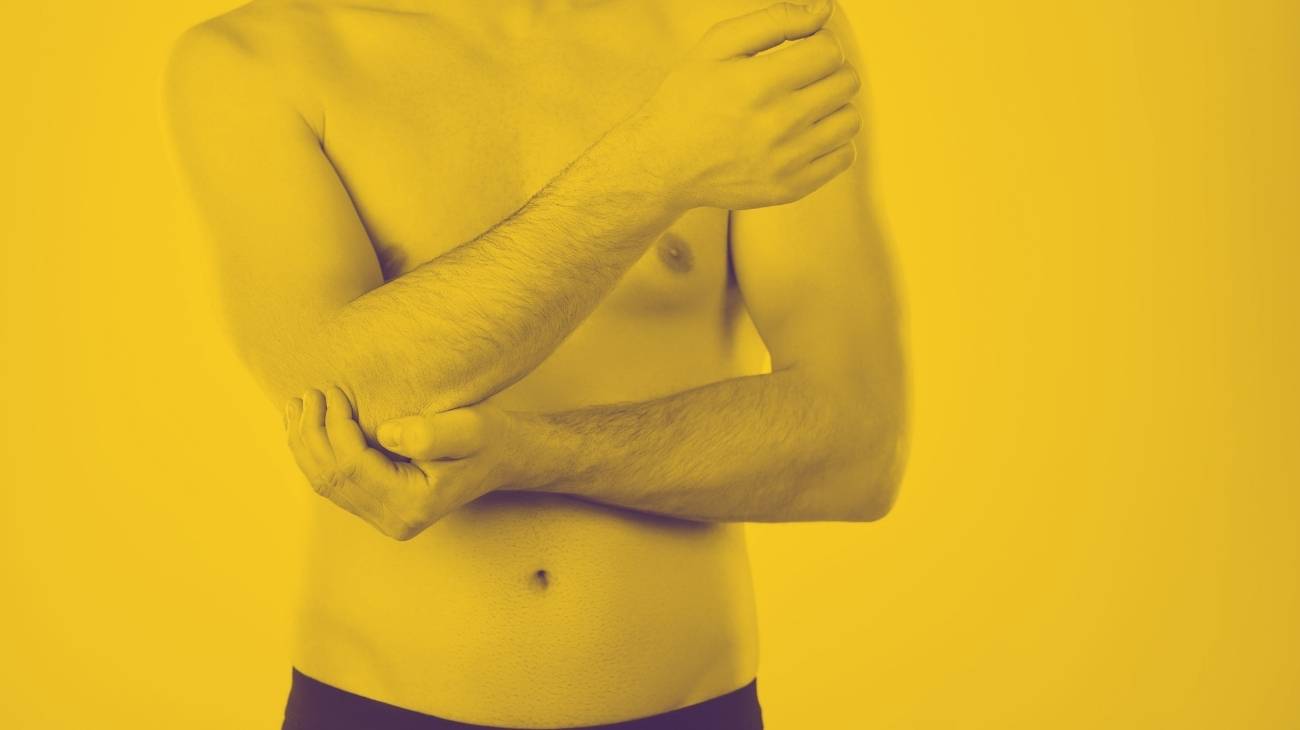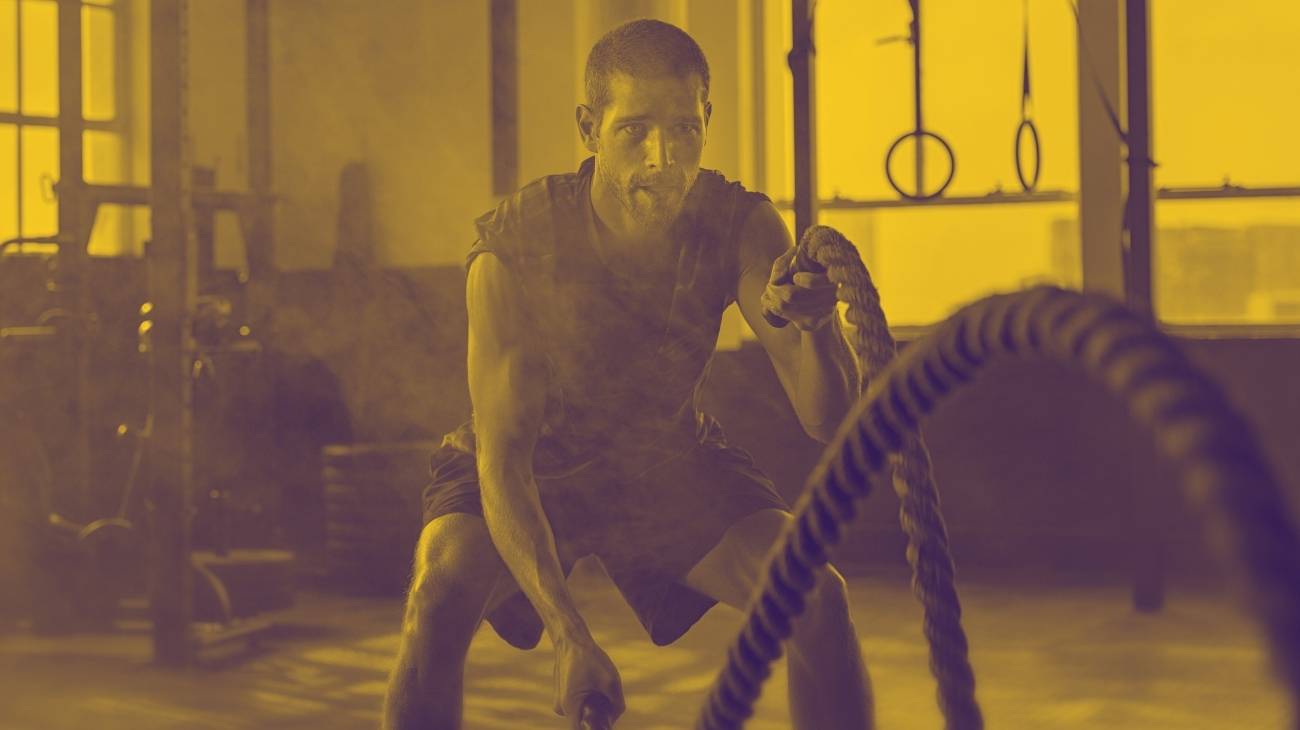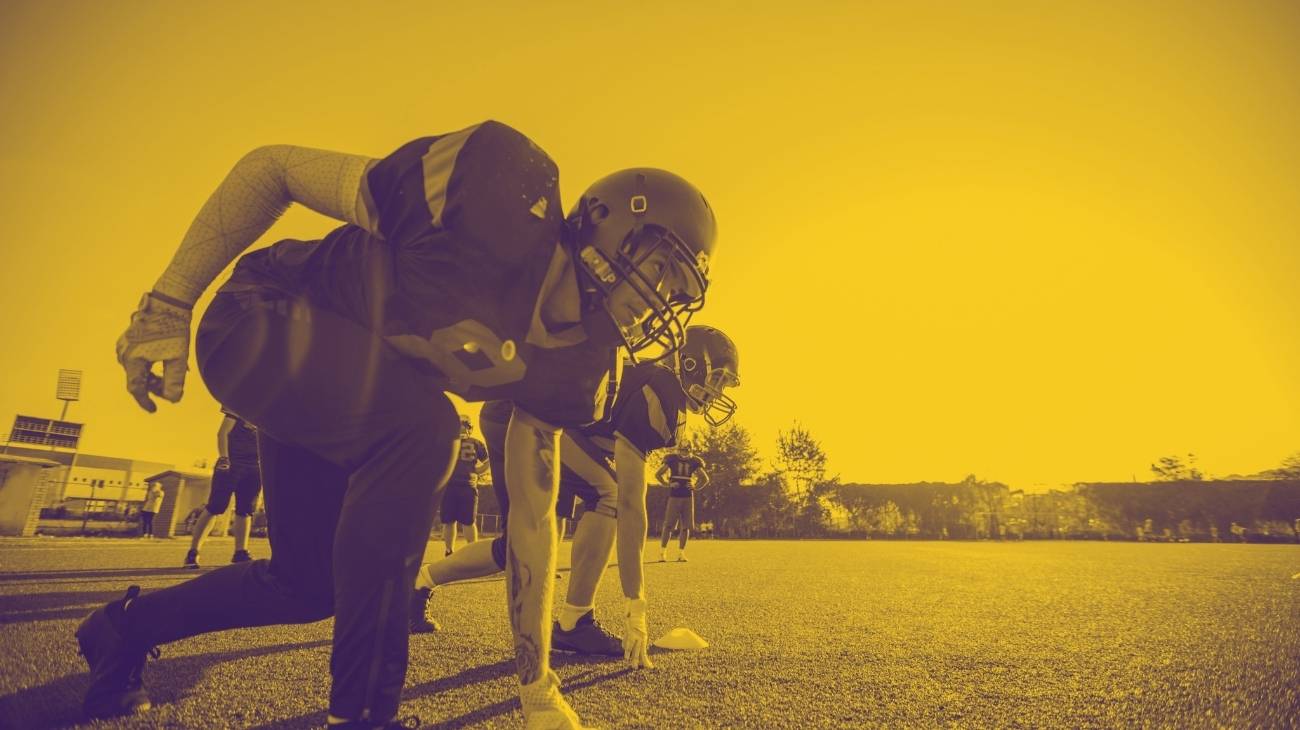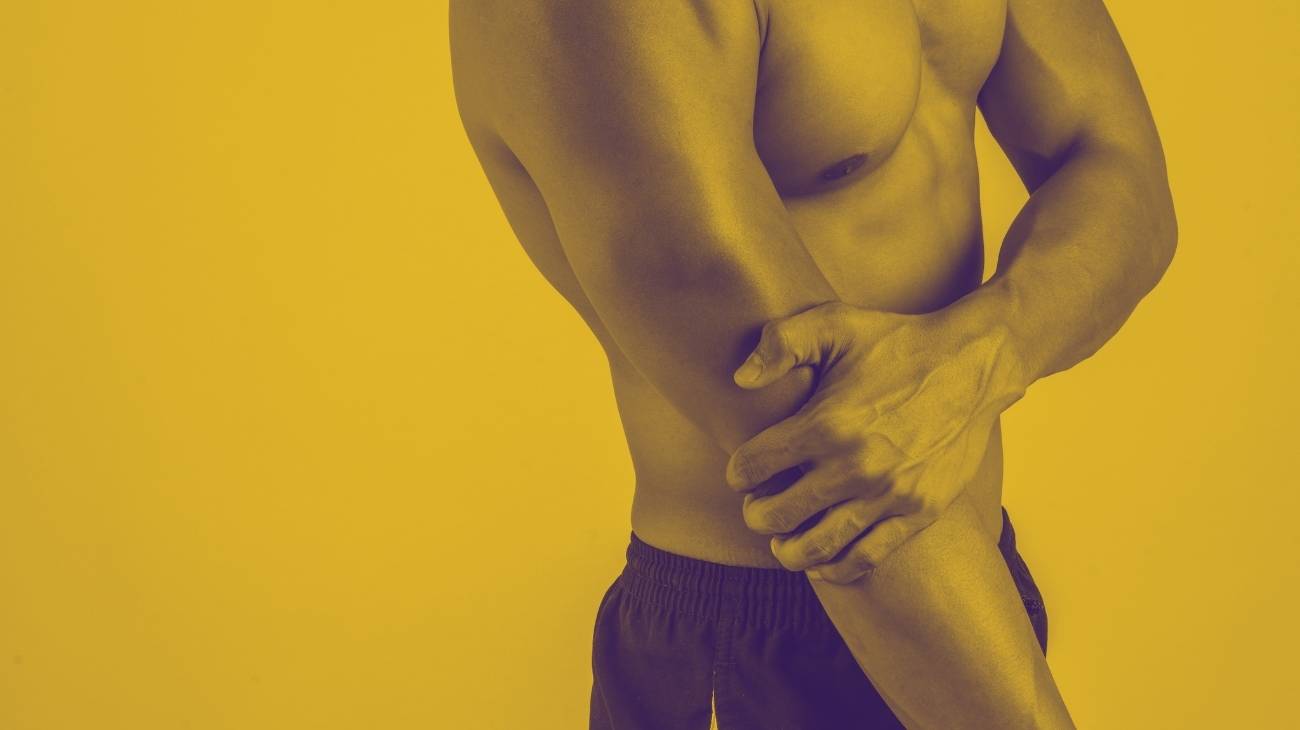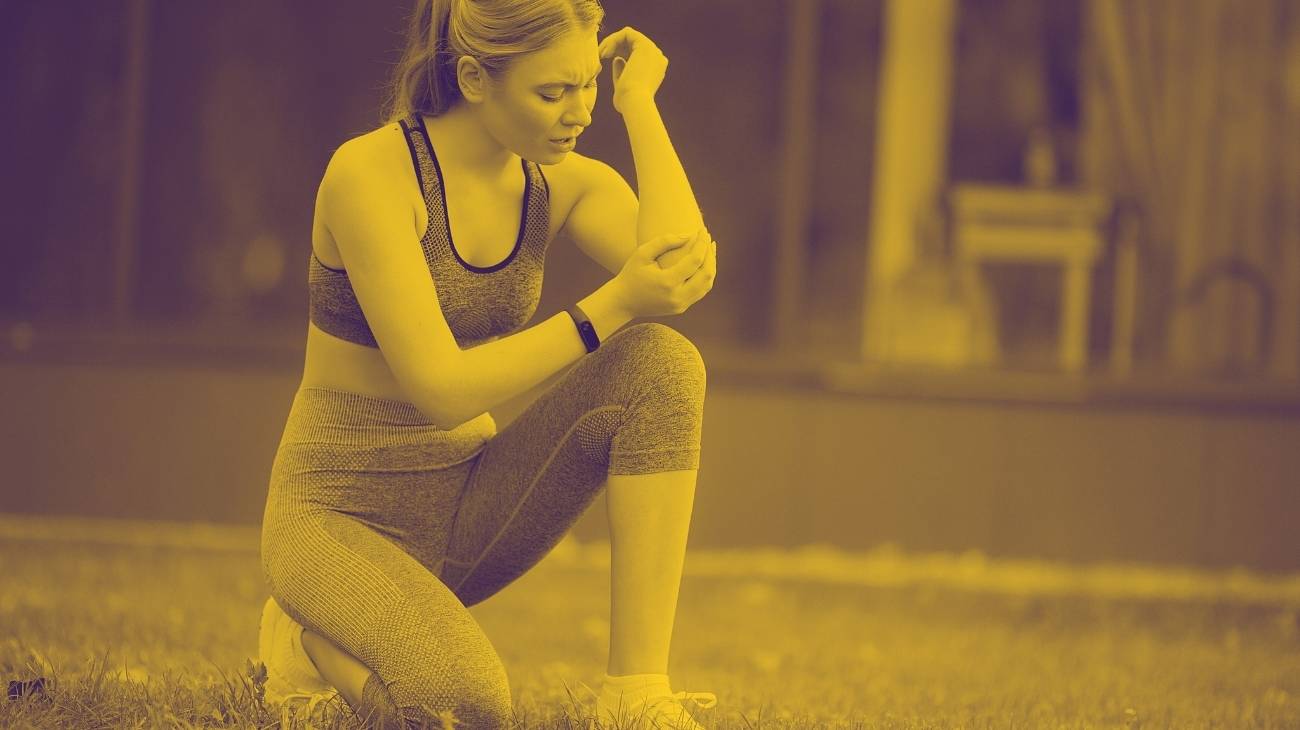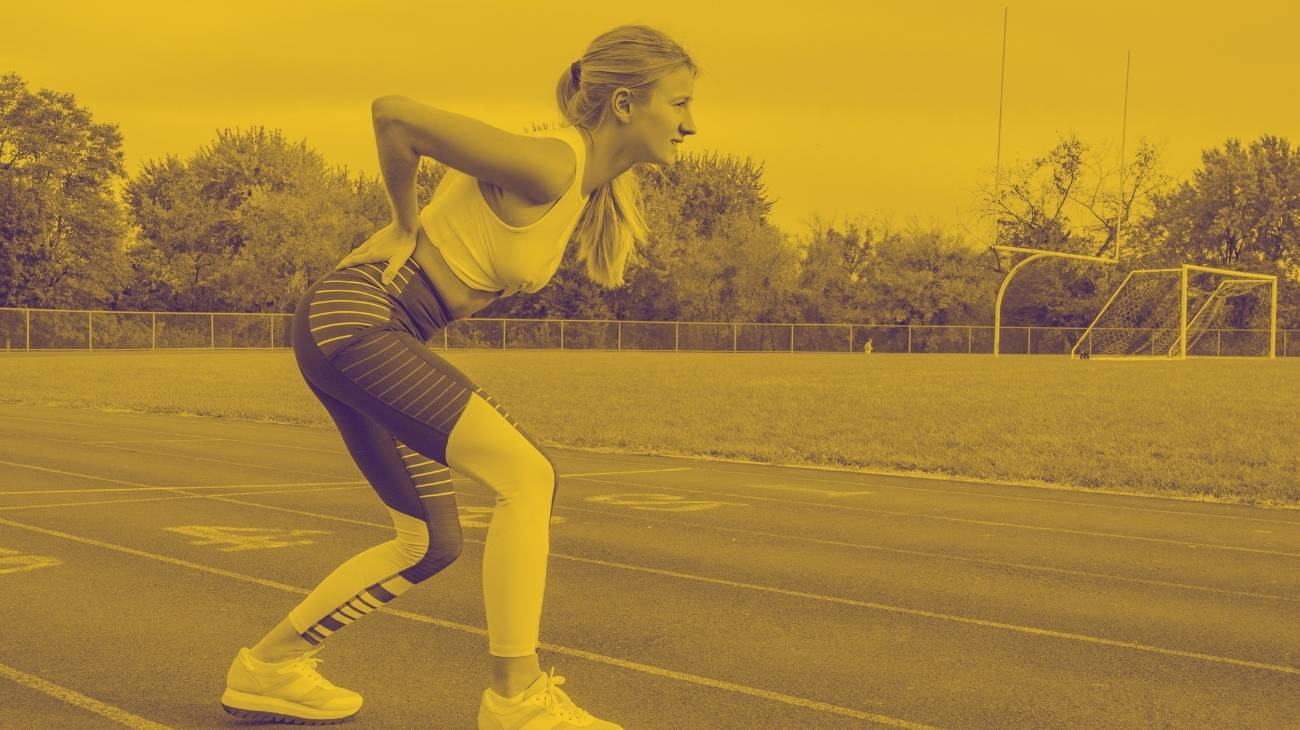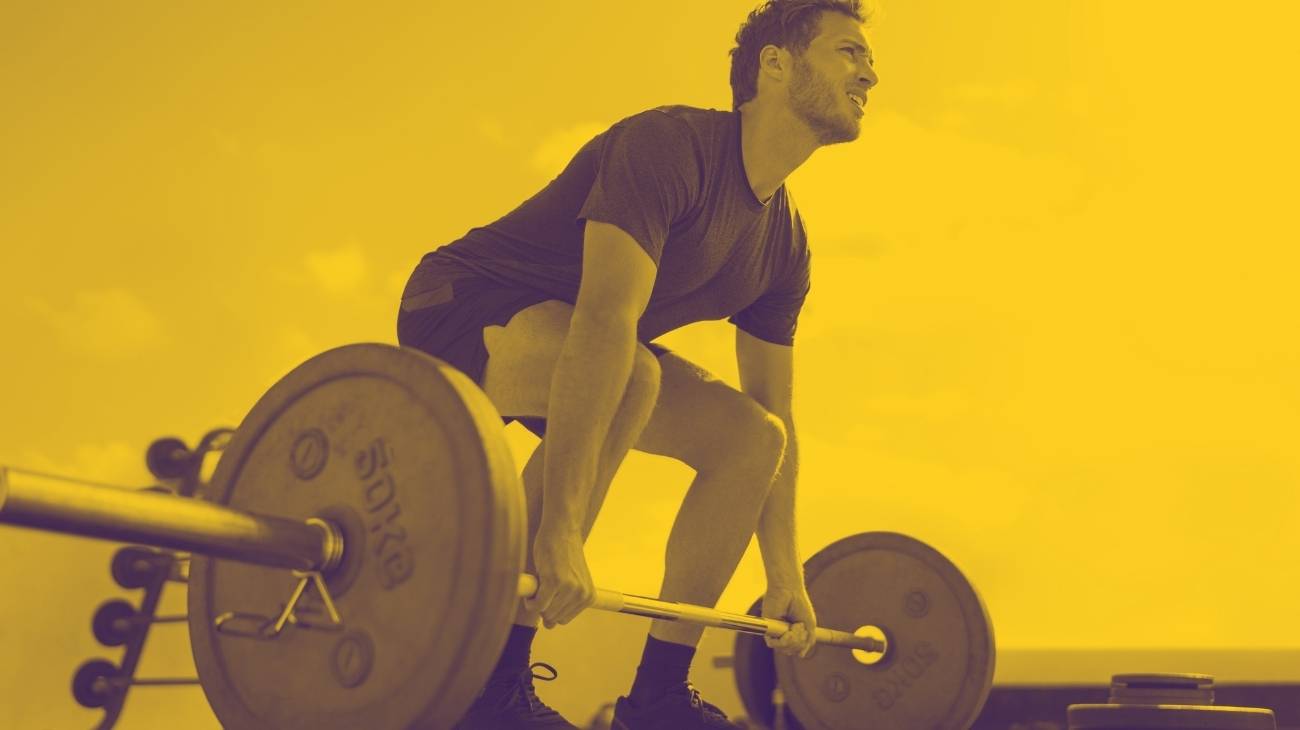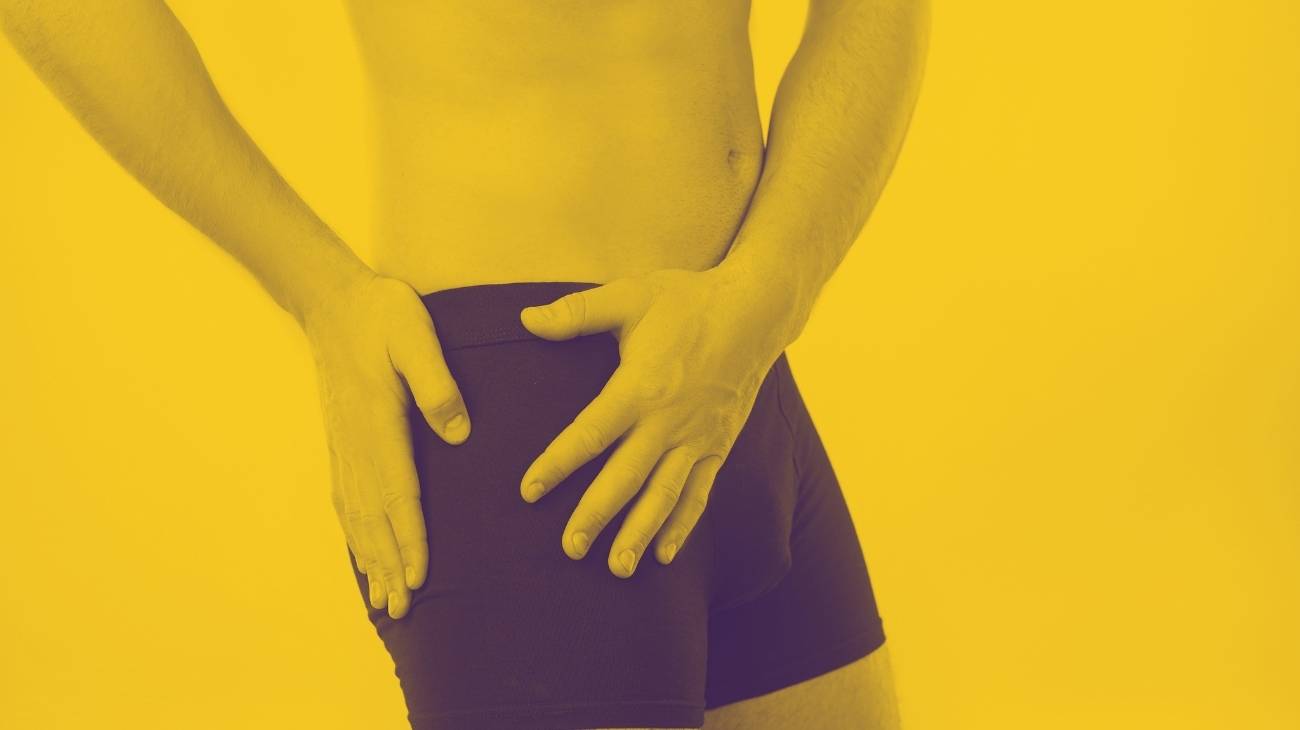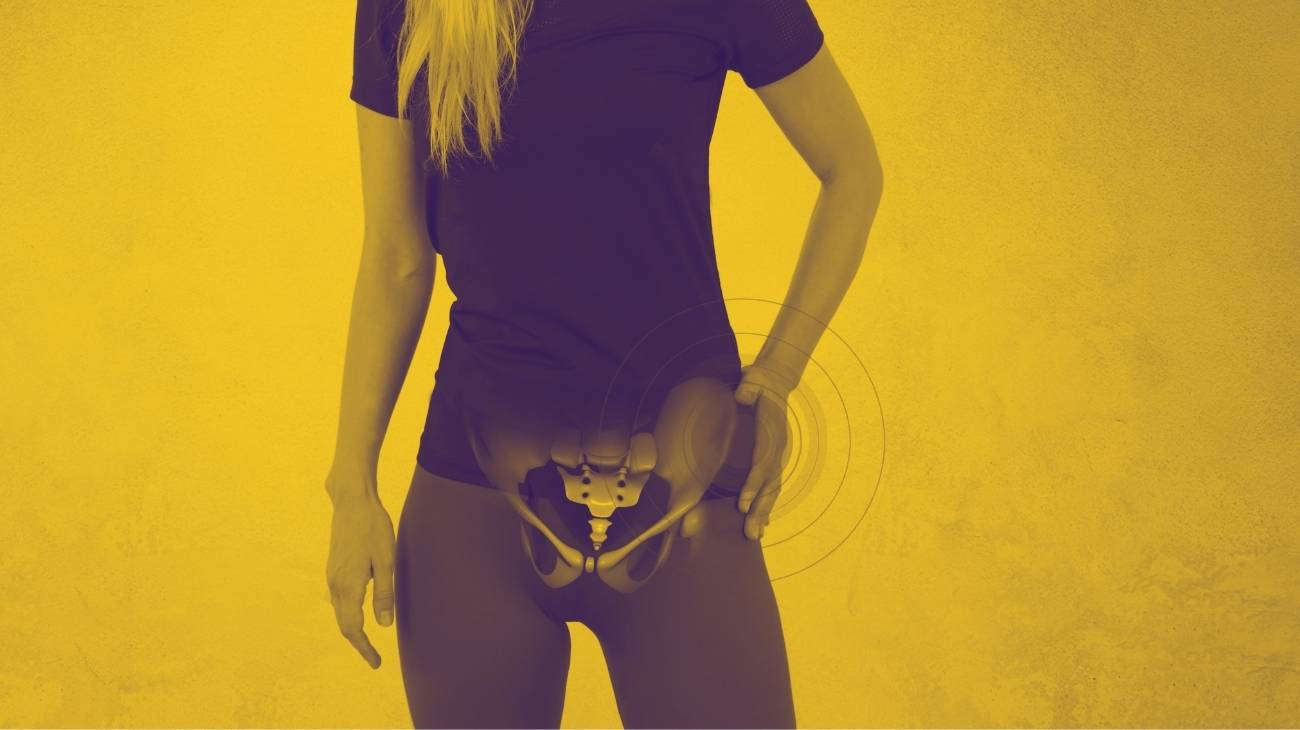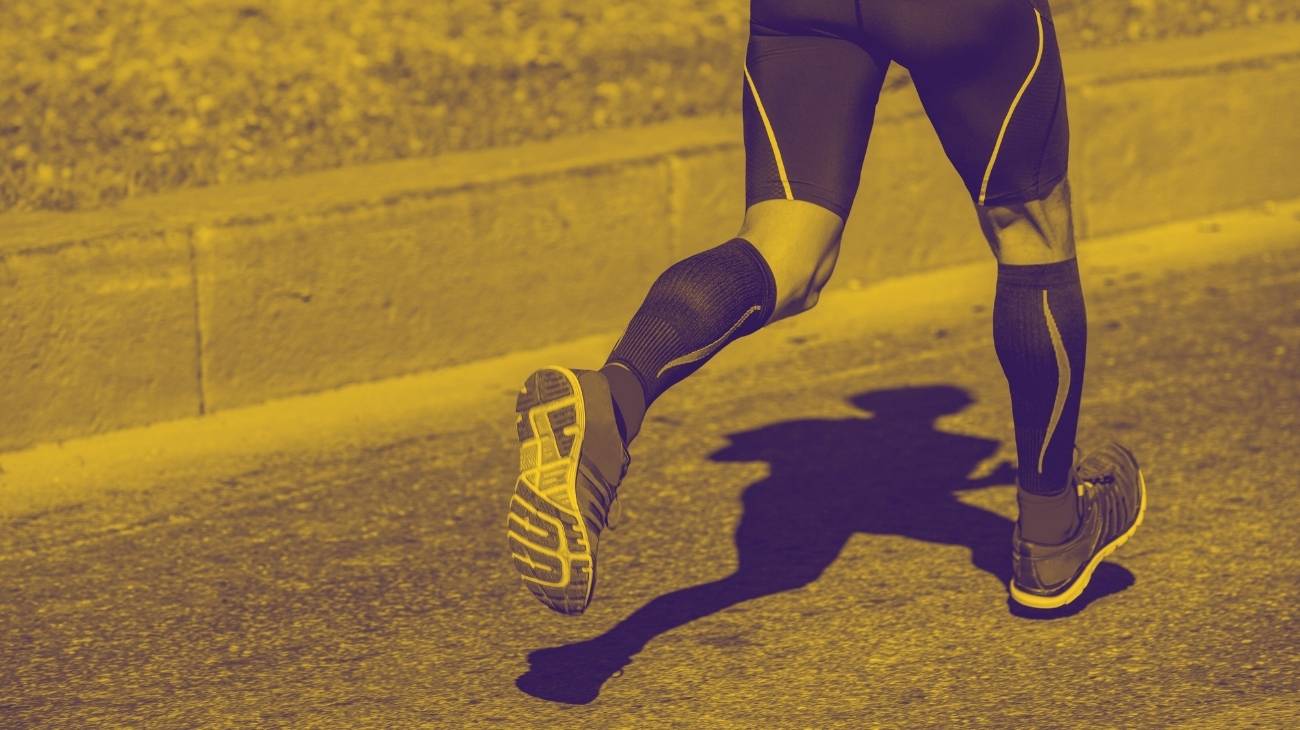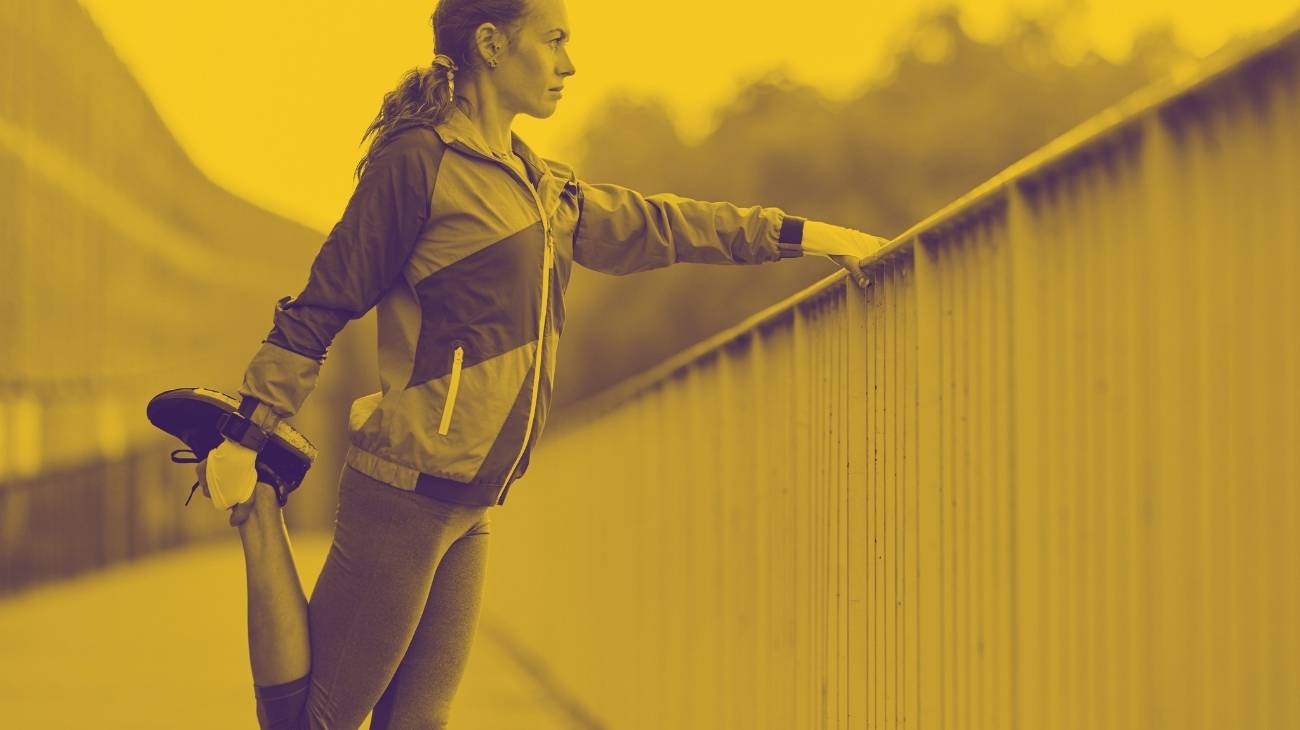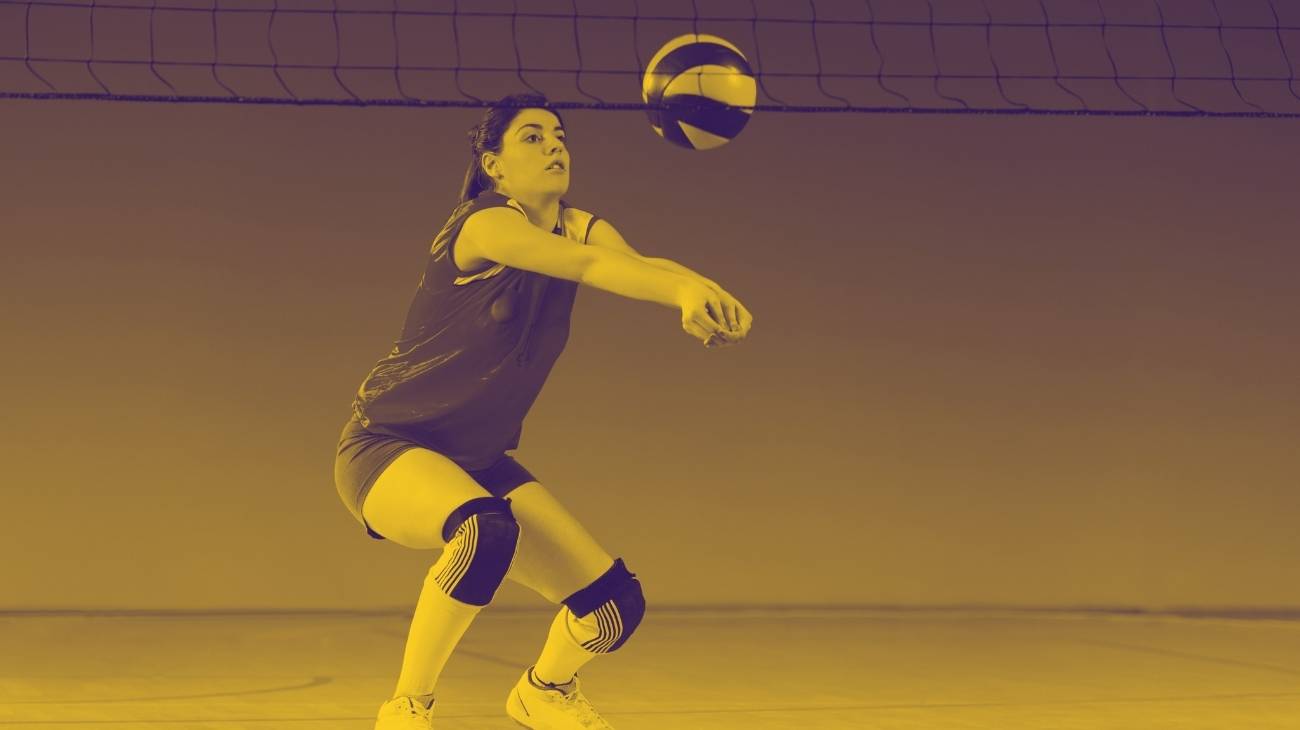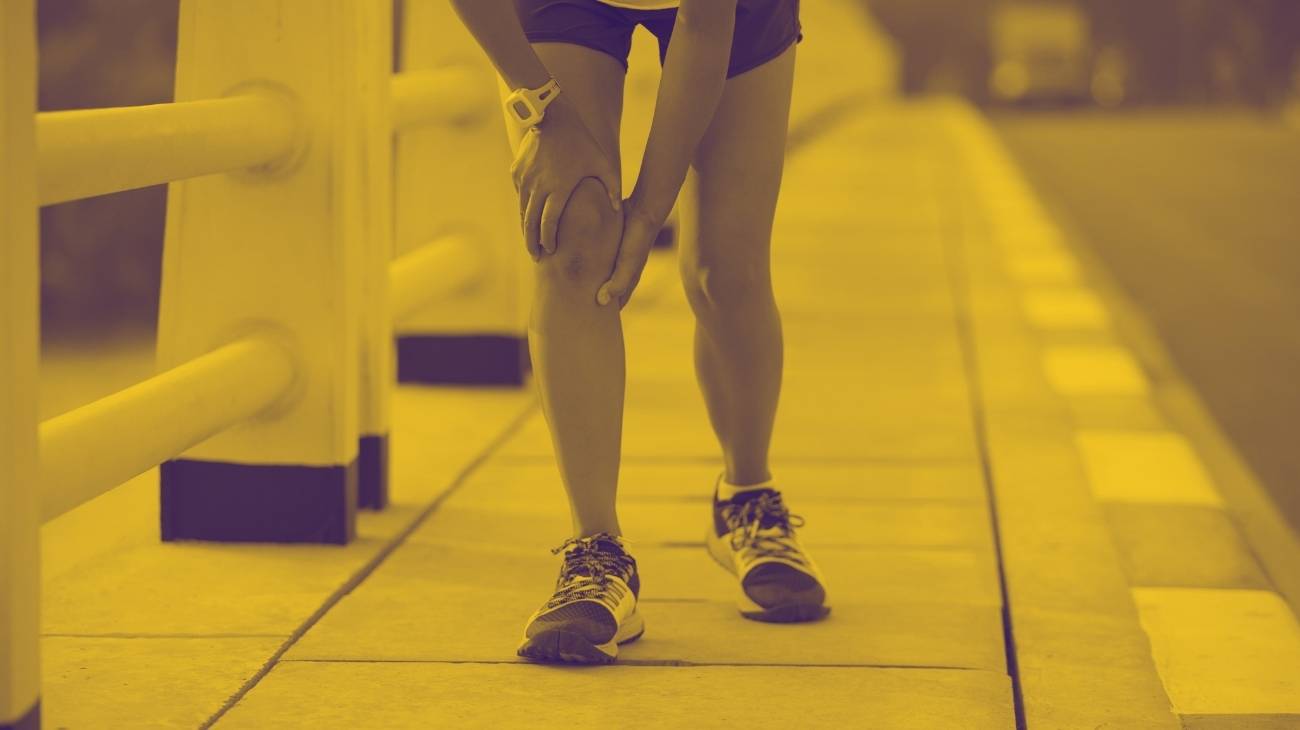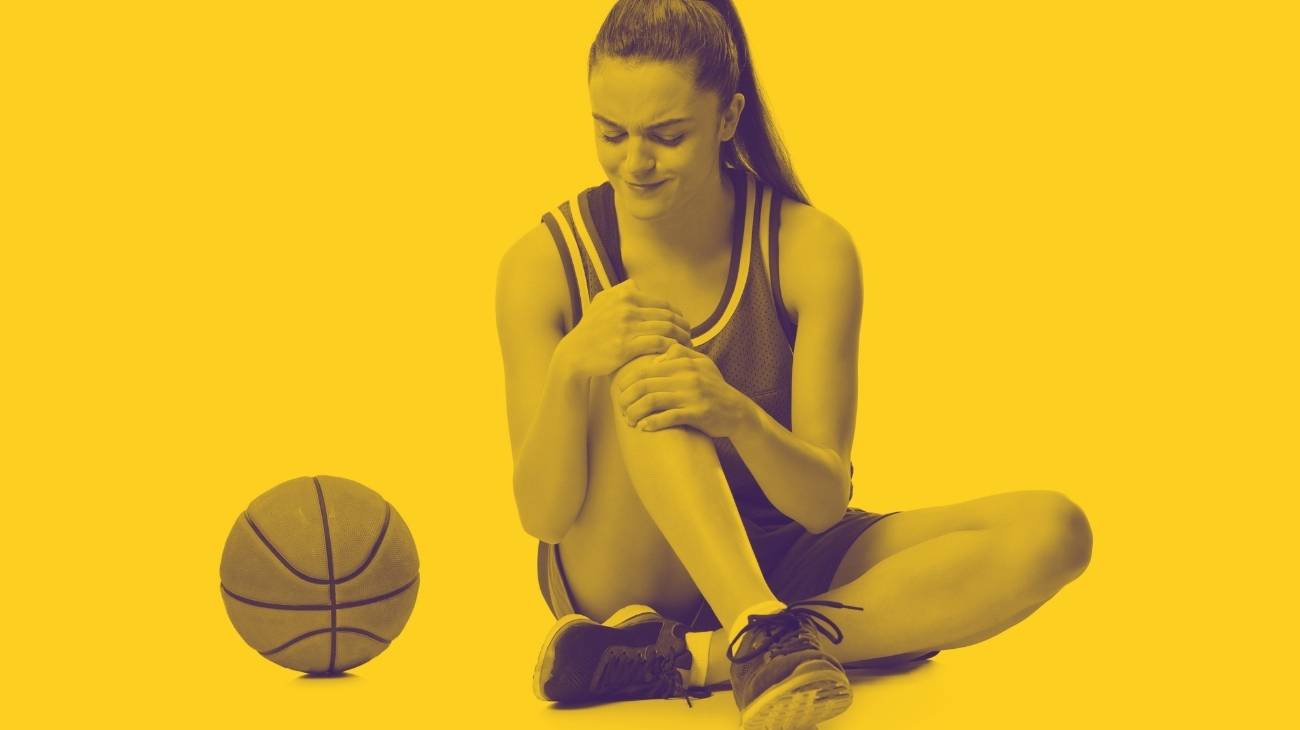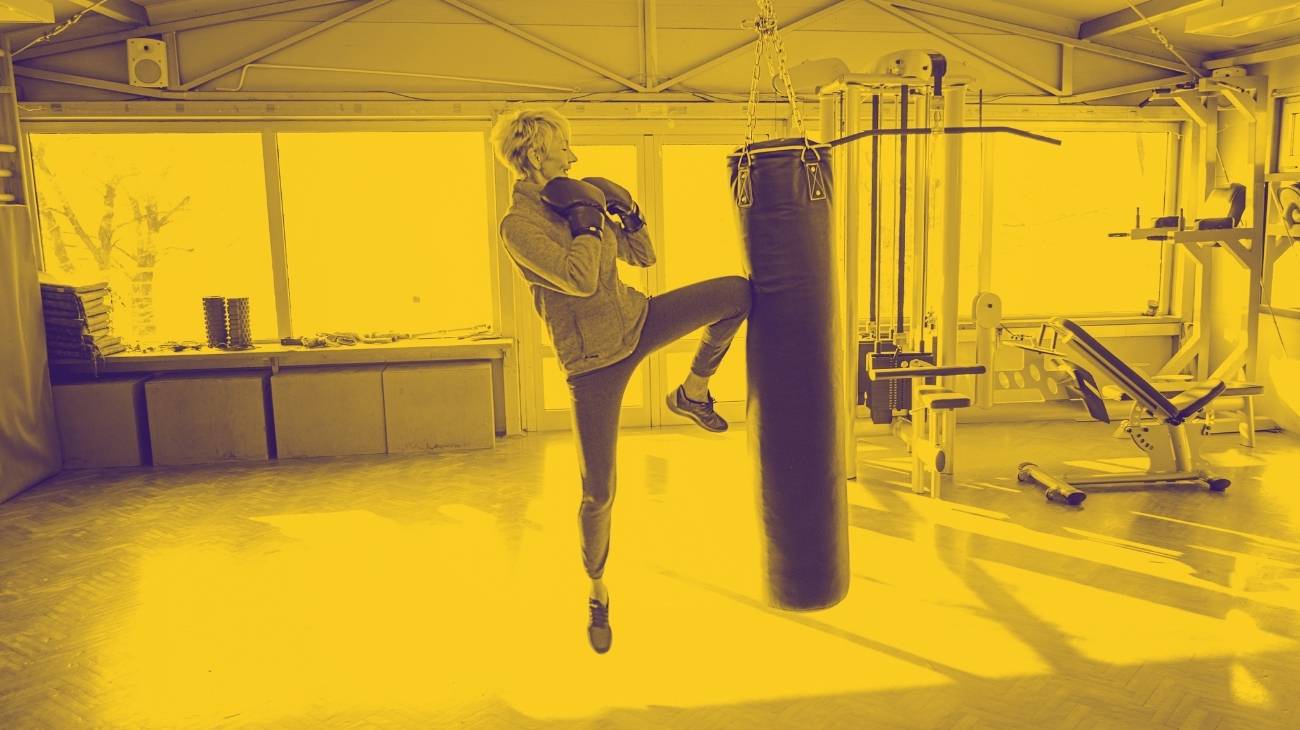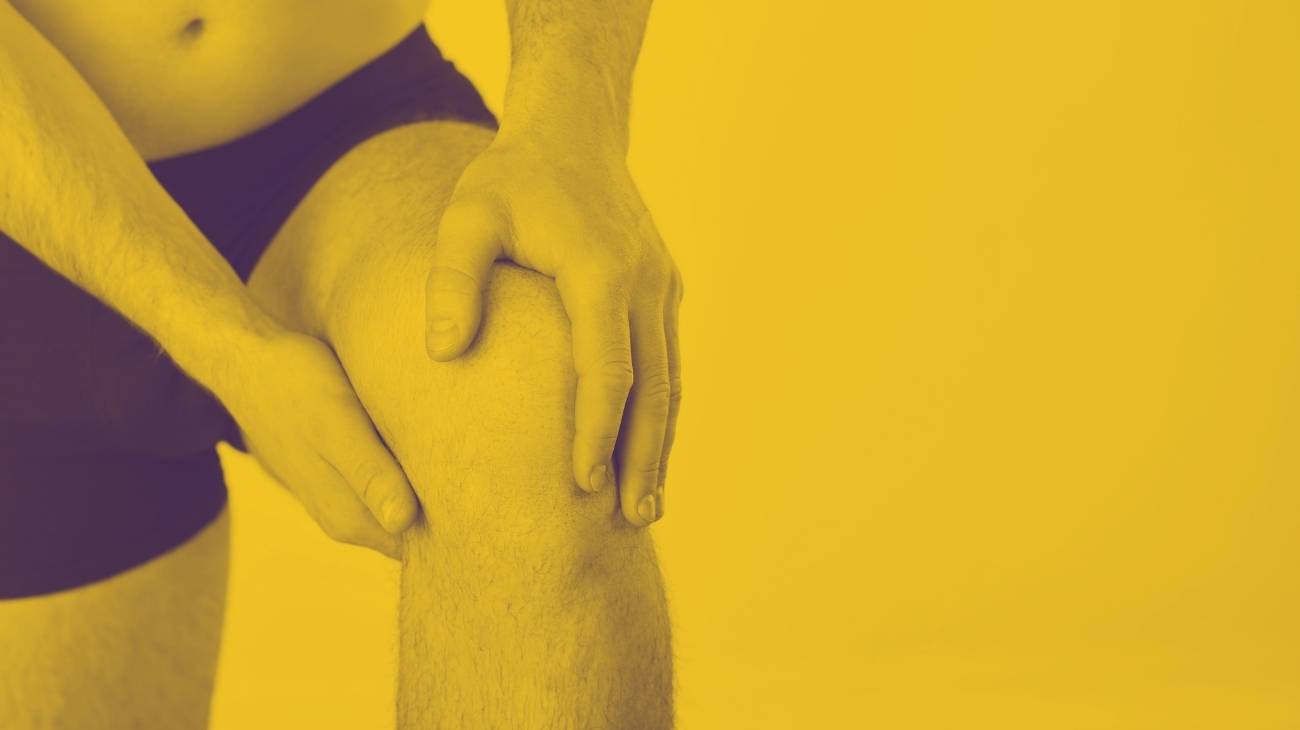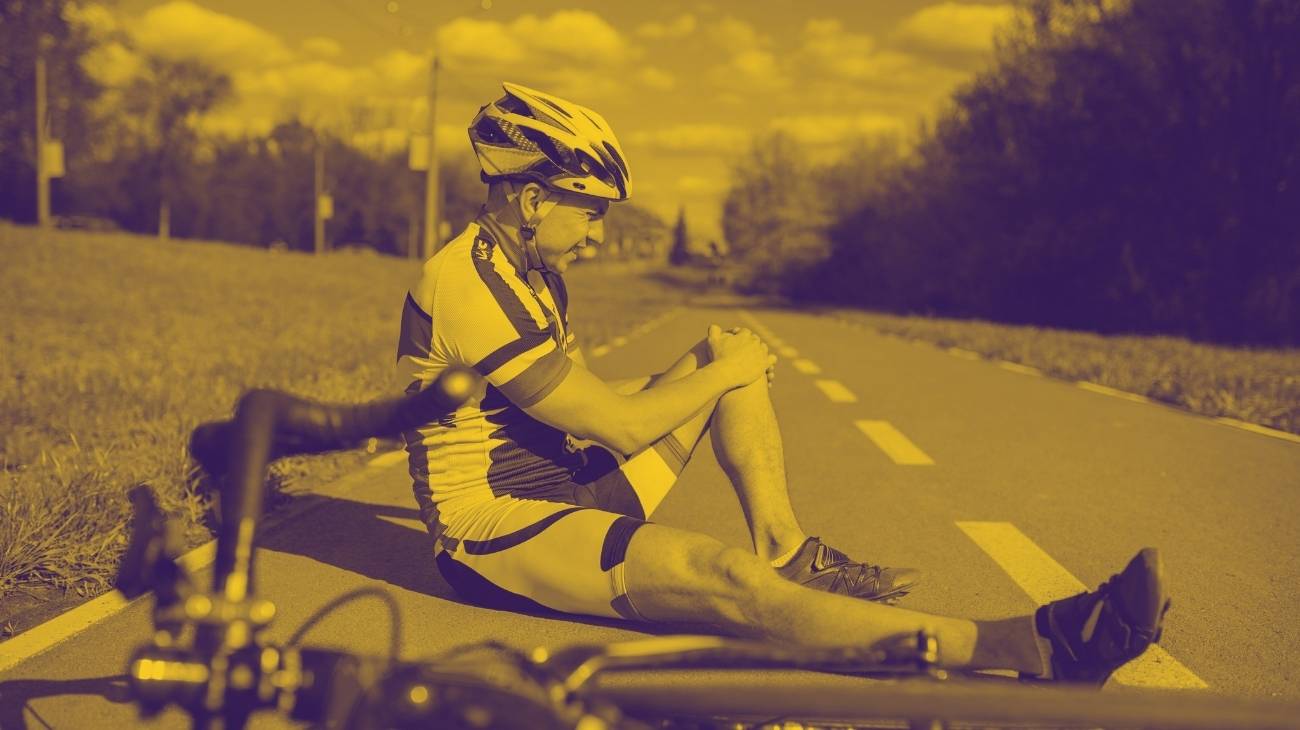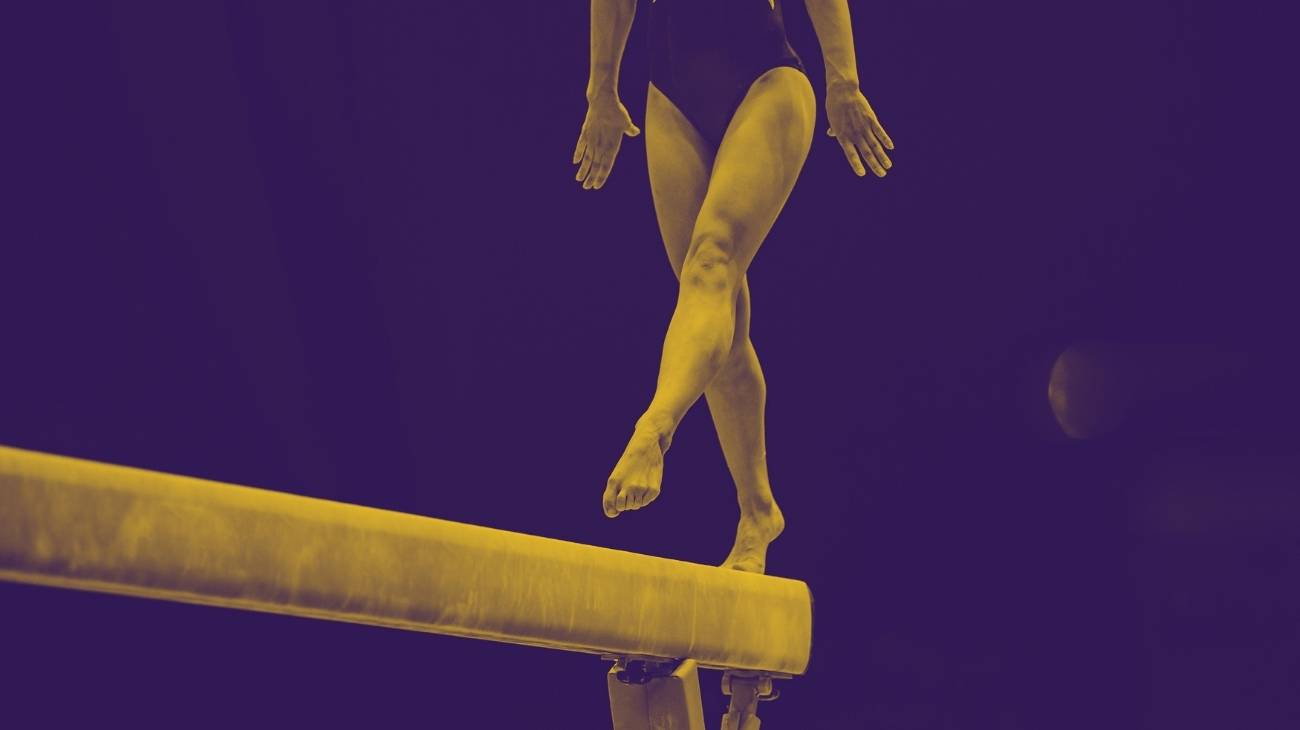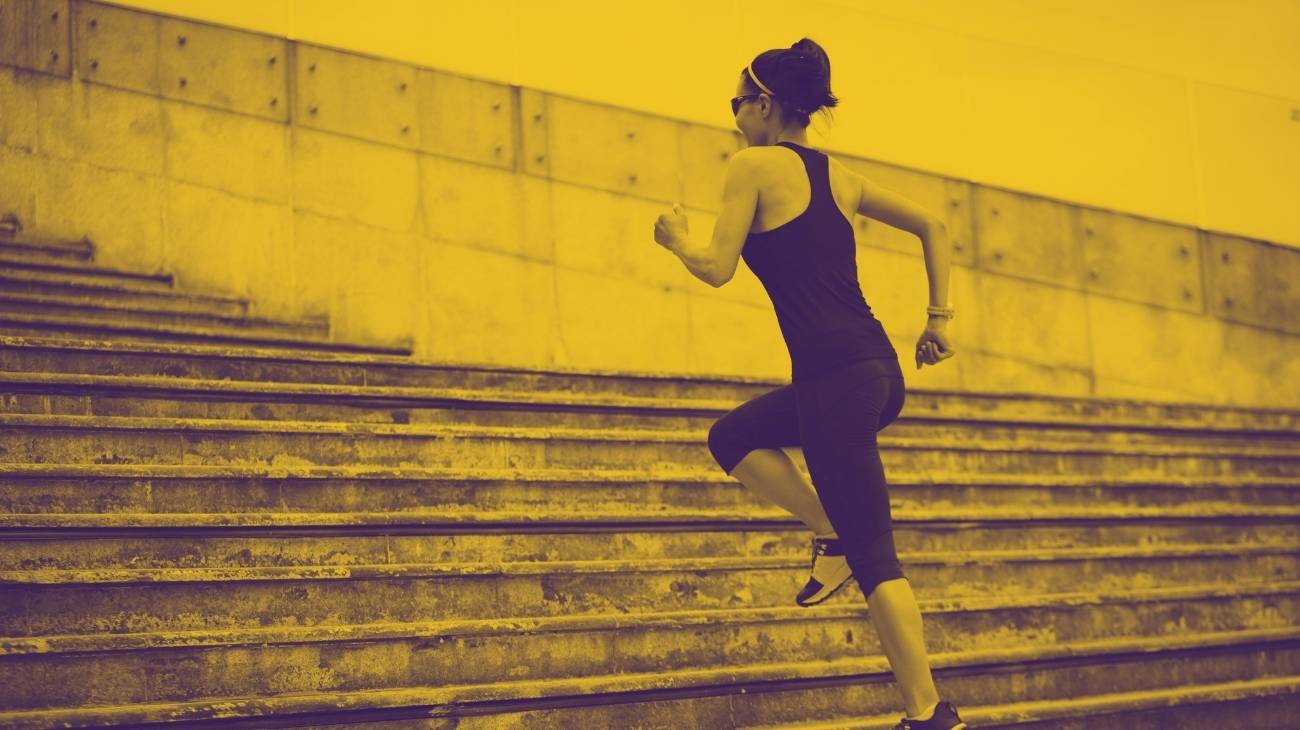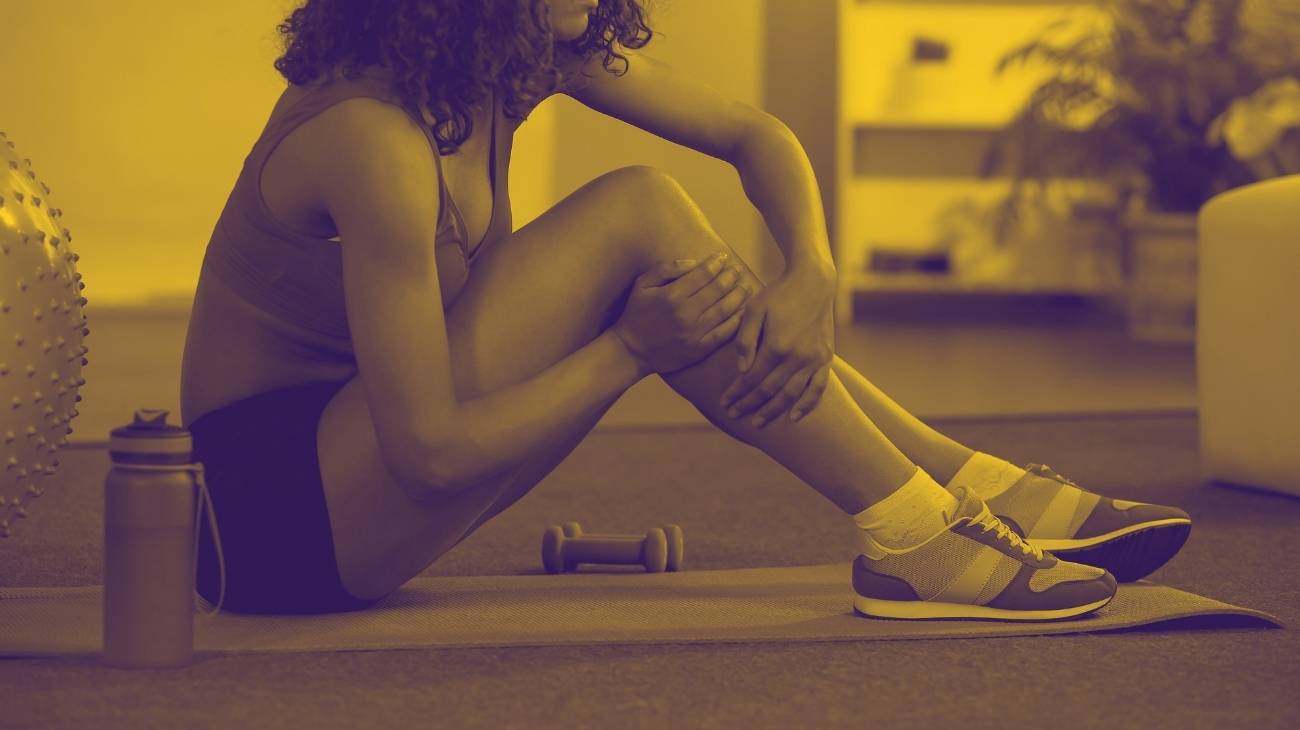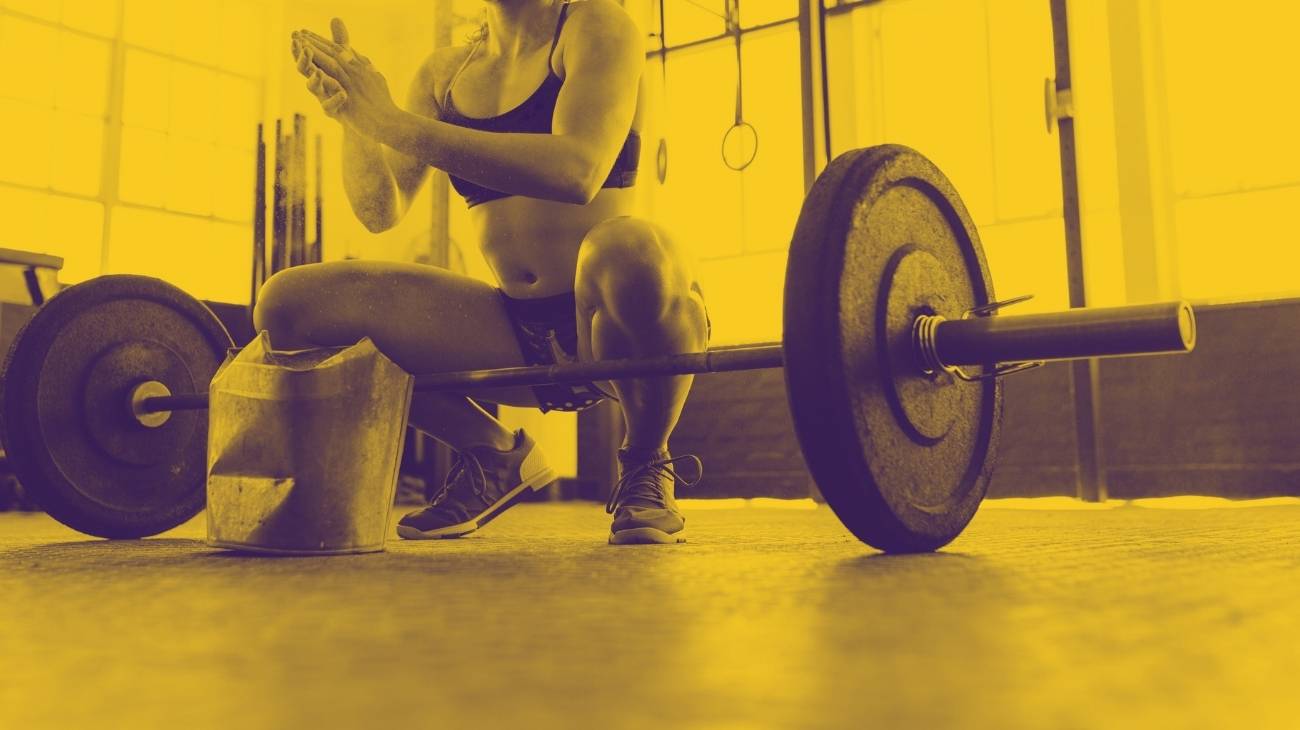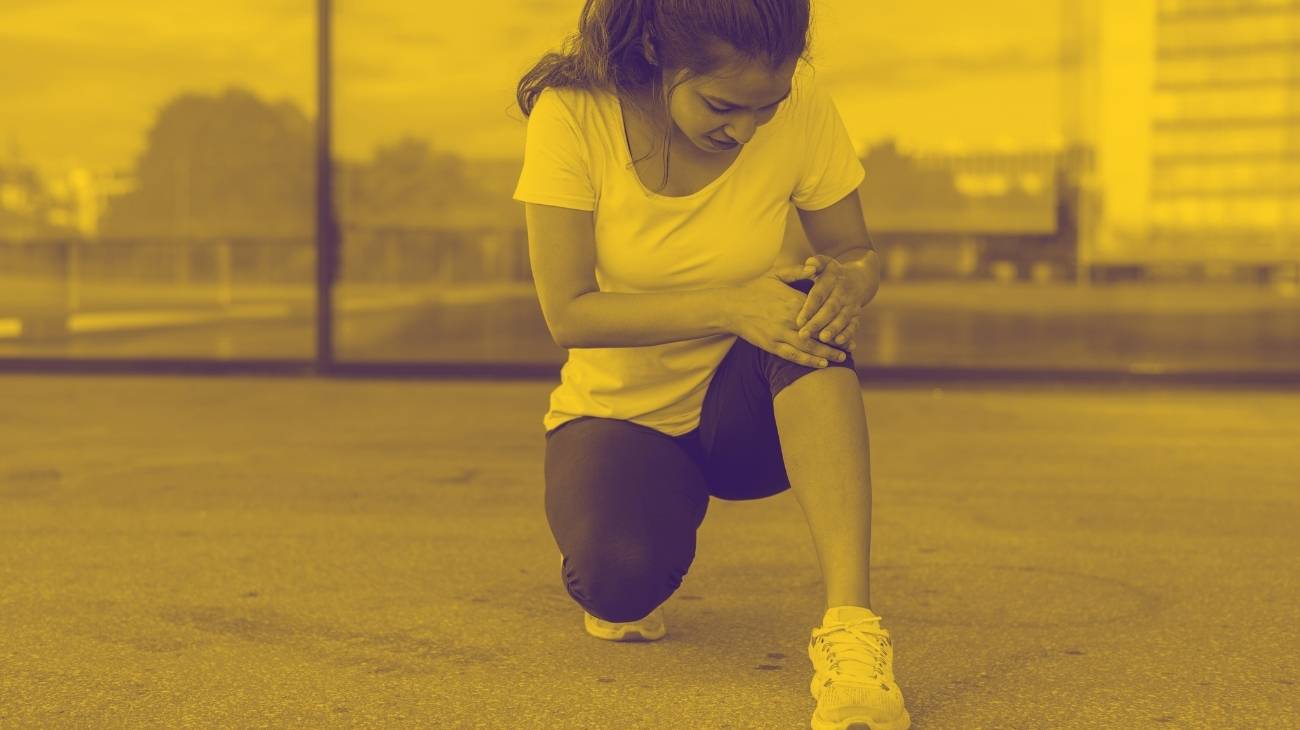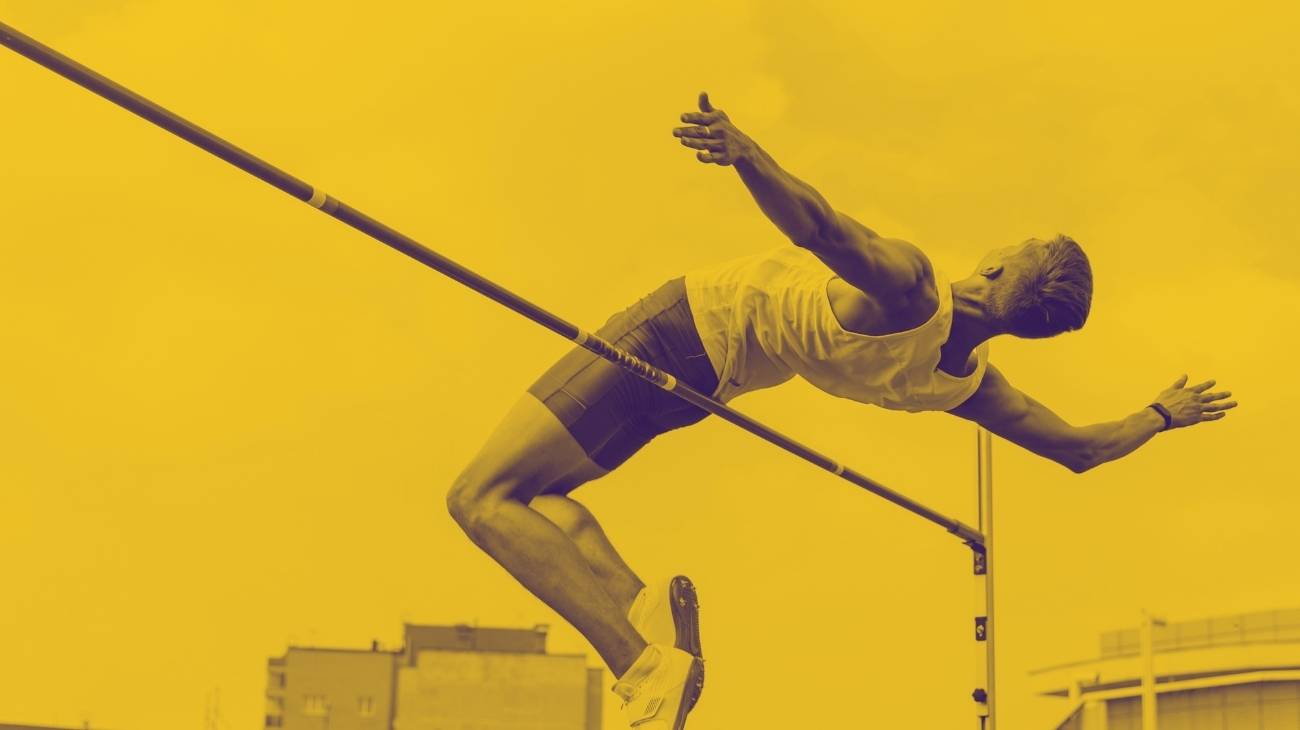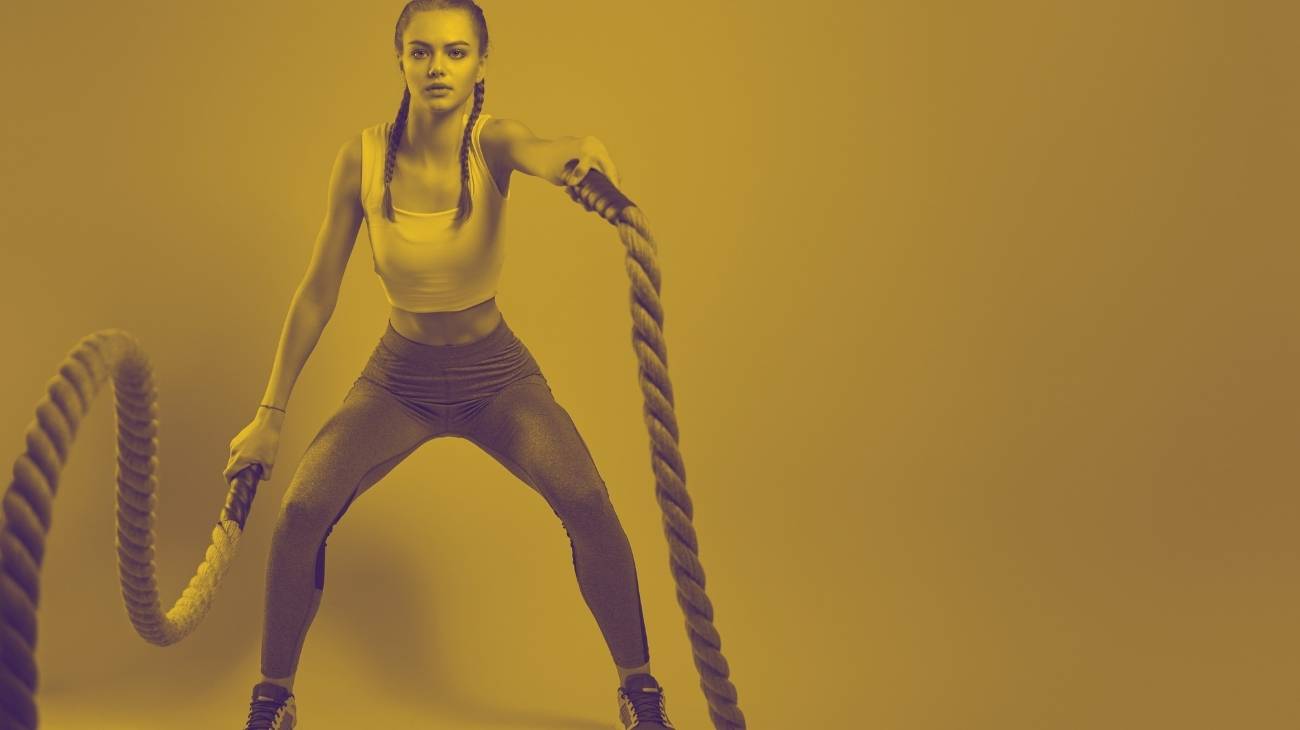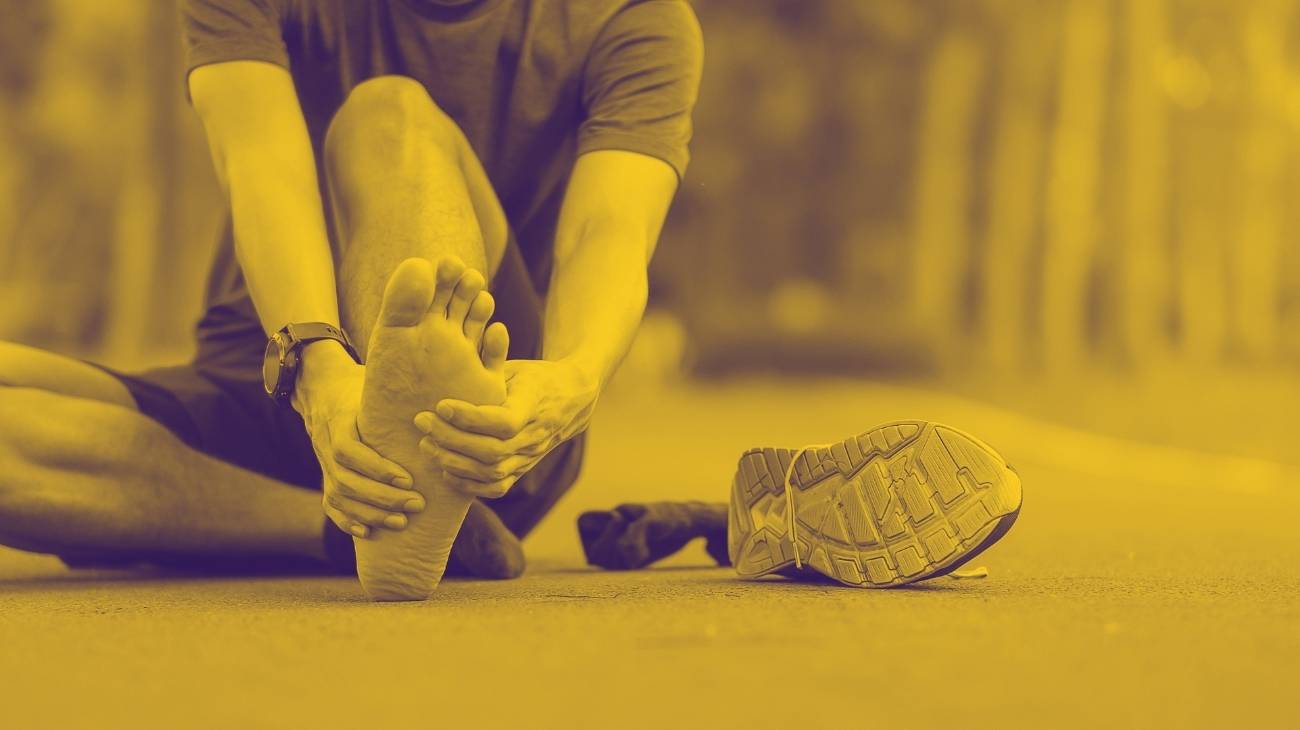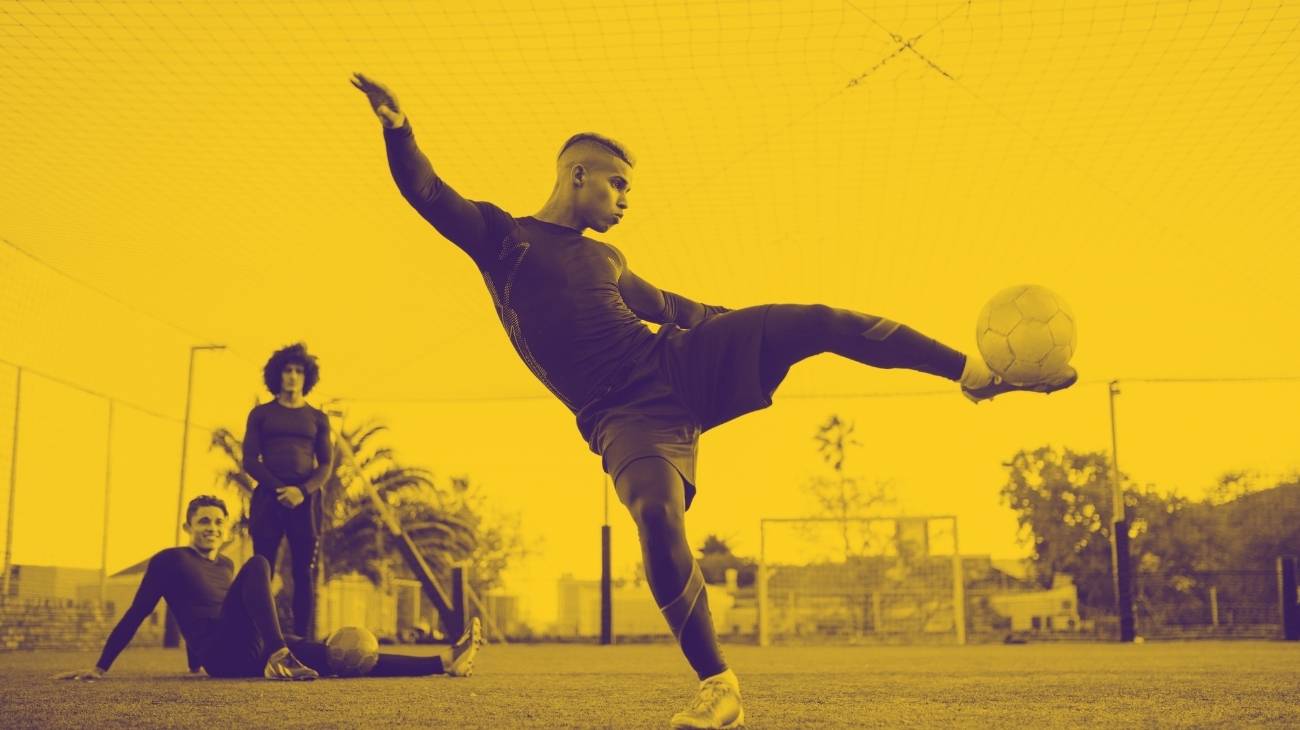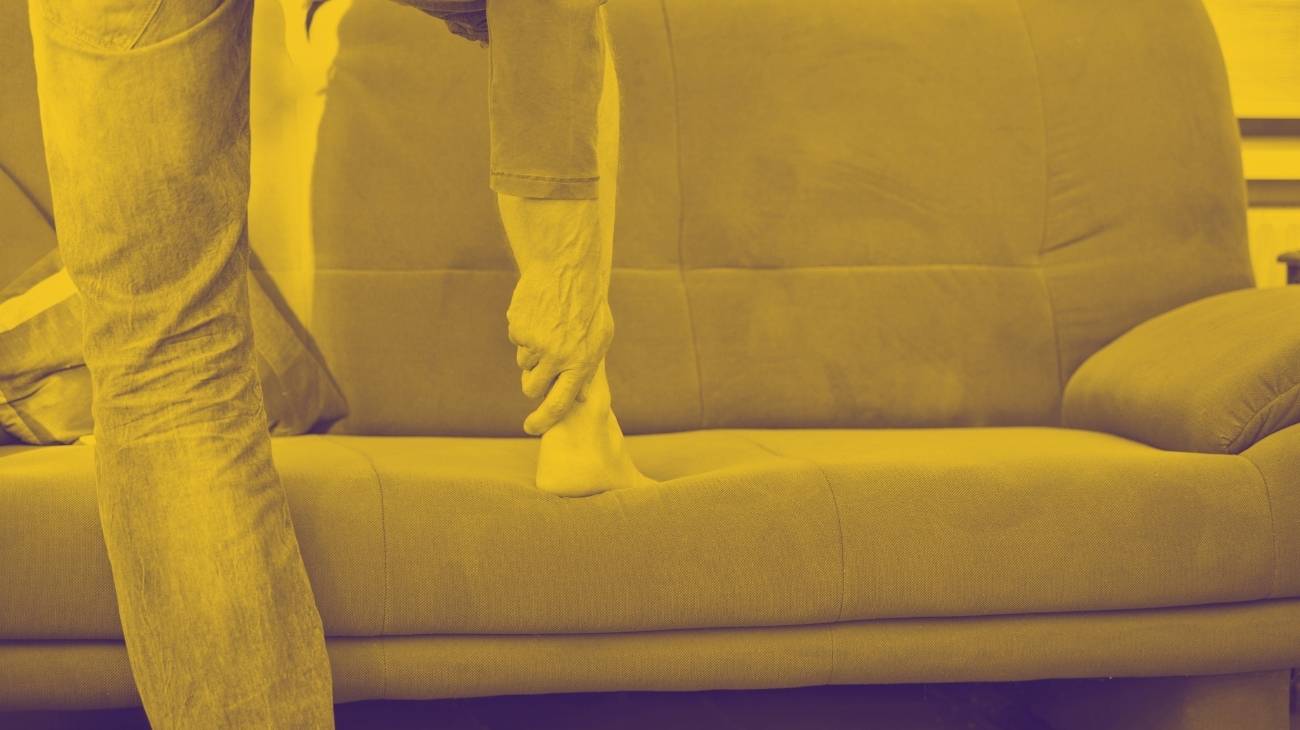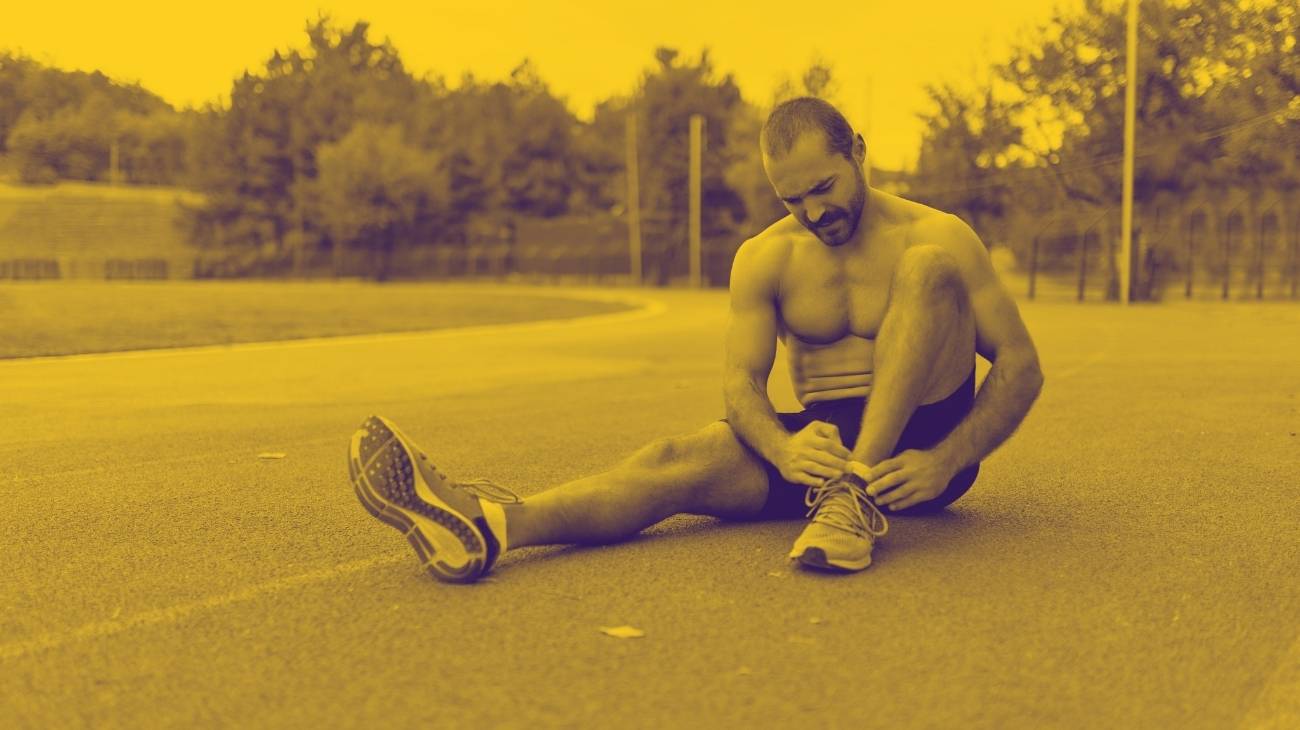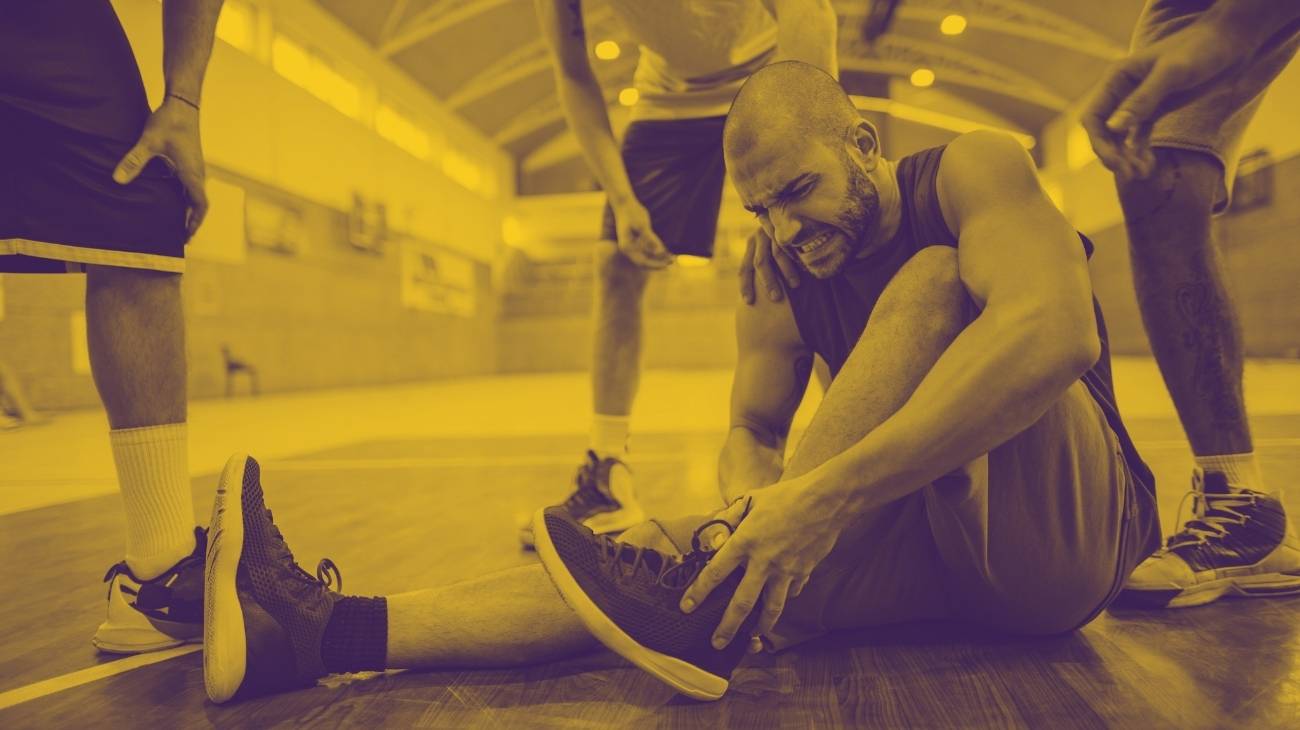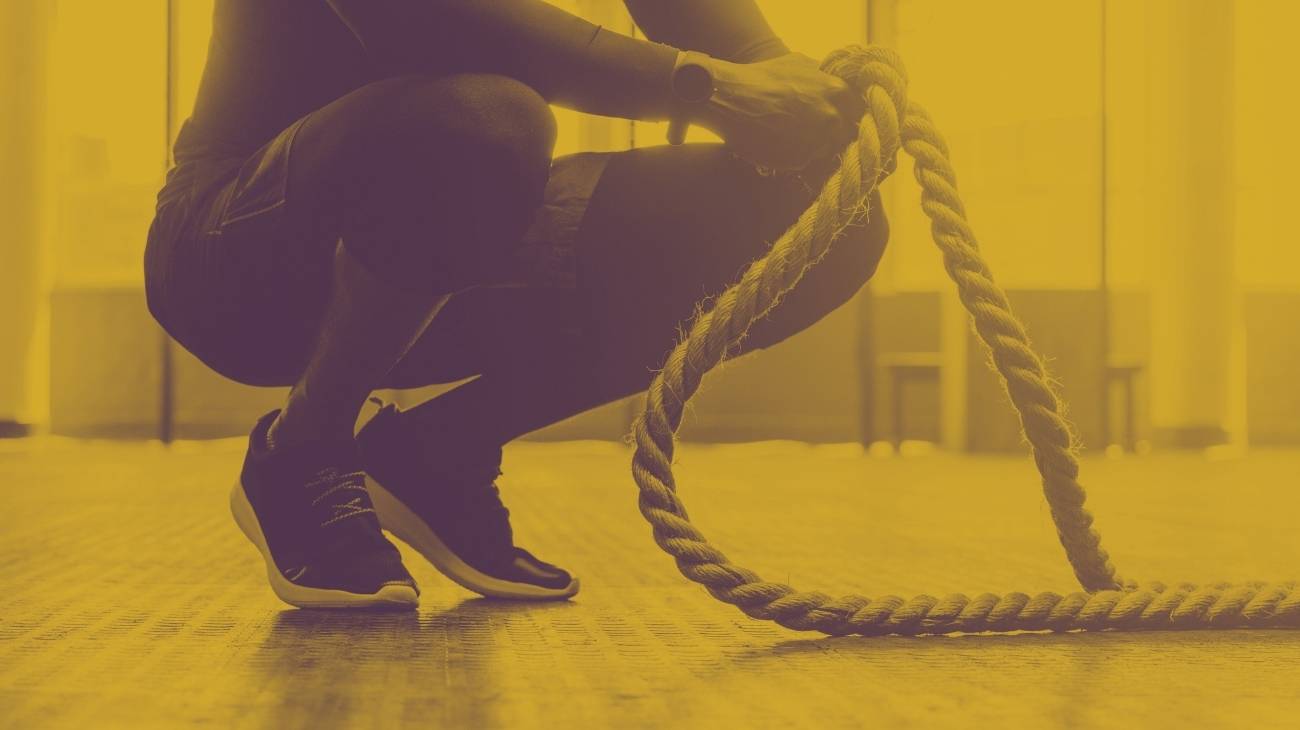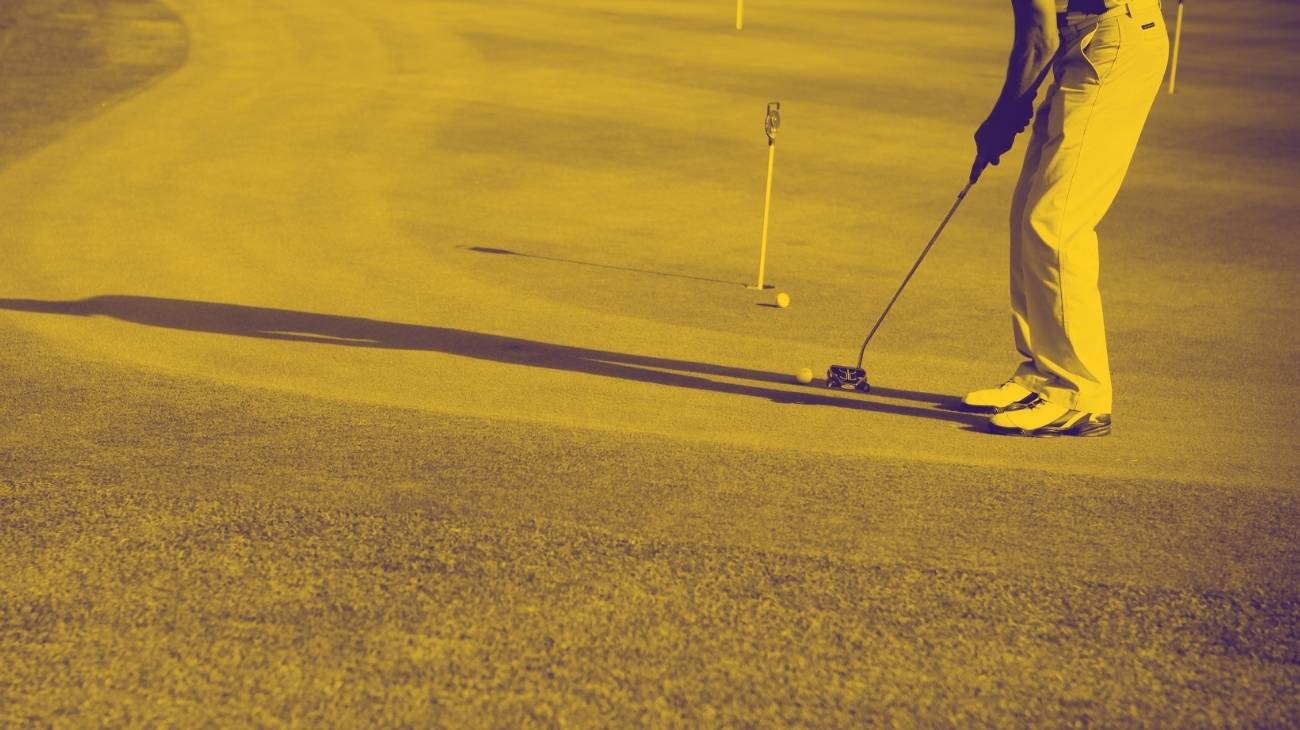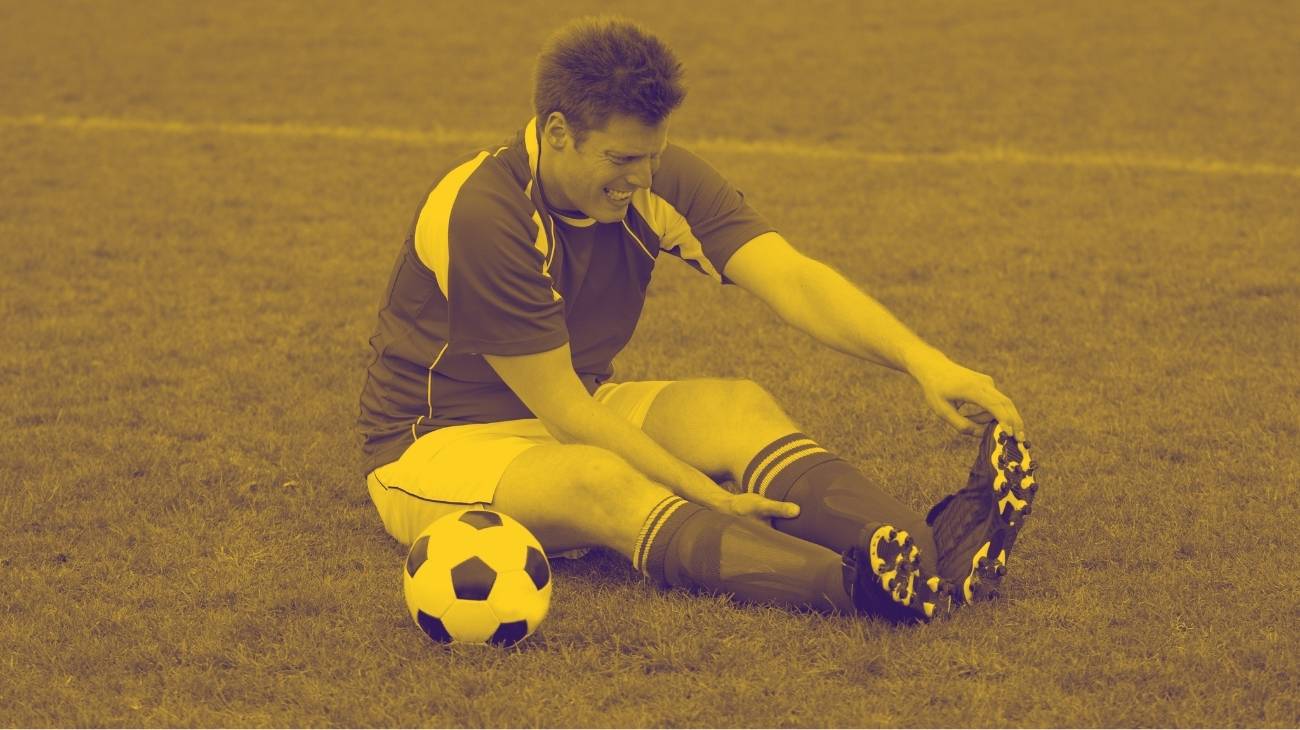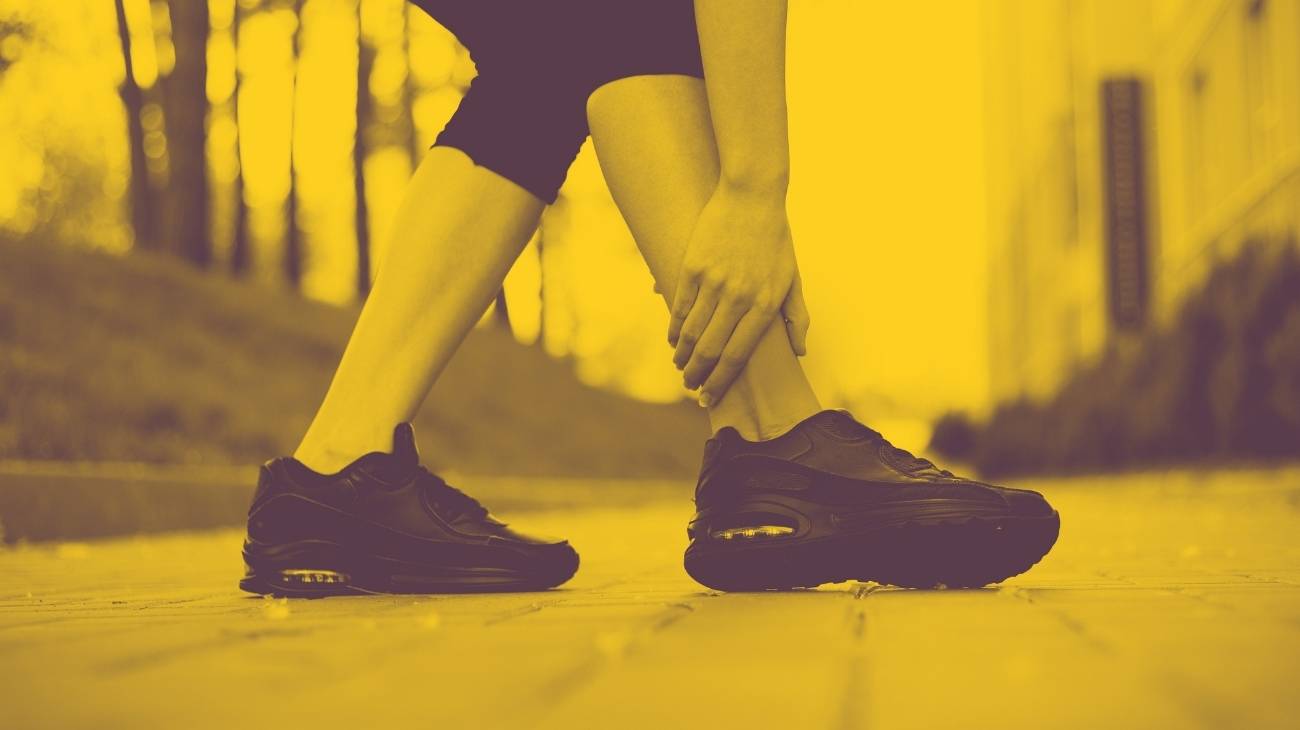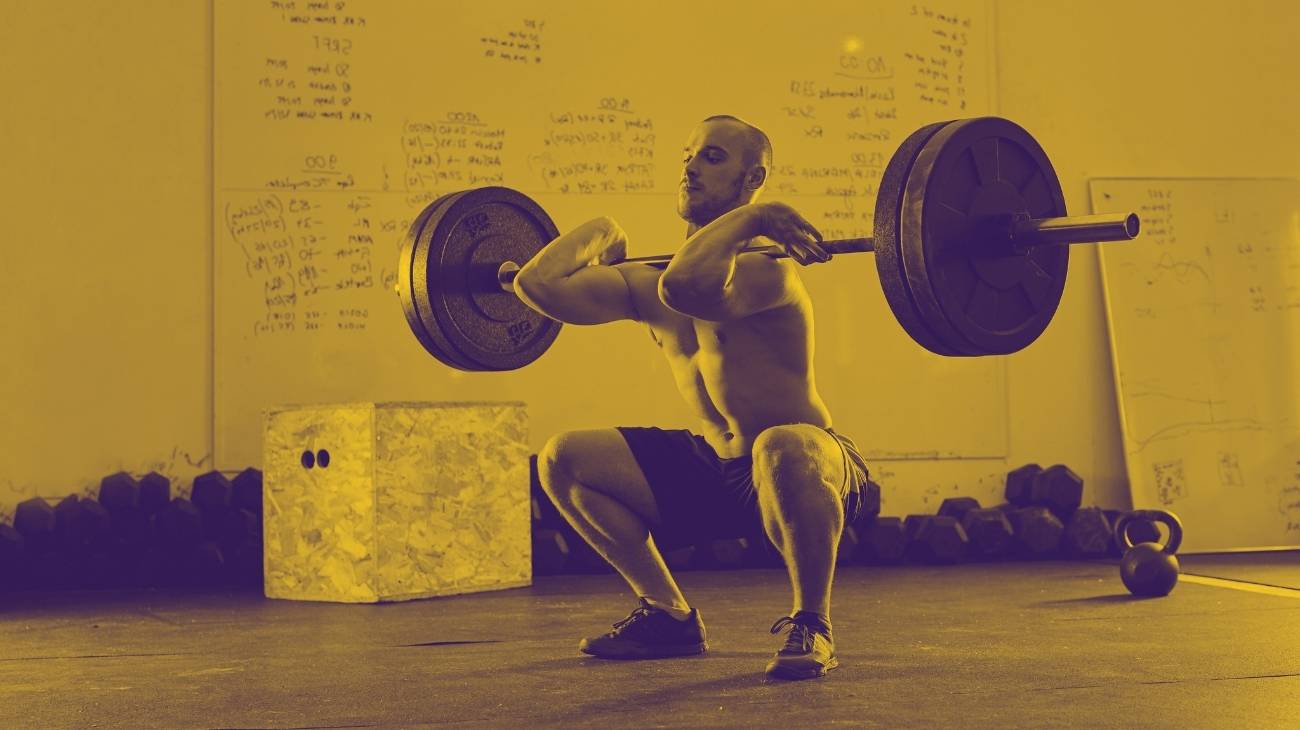WHAT WE DO?
We want to help you invest your money in the best compression garments, that's why in each of our reviews we strive to make the best selection so you can make the best decision and compare for yourself which ones fit your needs depending on the sport you practice or the type of injury you have.
HOW DO WE DO IT?
In order to find the best products, we search for the opinions, suggestions and options that the best compression sleeves brands can offer you, and then we analyse their reliability, price and quality. Finally, we offer you a very complete comparison of products so that you can choose the best one.
YOUR OPINION COUNTS
Our main objective is to help you choose the best, so we care about your suggestions and opinions about our website, to improve every day and that our shopping guides are increasingly complete and respond to the particular needs of each of you, thank you very much for your confidence.
What is compression sleeves and what is it used for?
Types of compression garments for men and women
- Wrist braces: These are small one-piece garments that enclose the wrist and provide additional stability to the joint so that its ligaments and tendons are not strained. They usually have a Velcro closure for the wrist.
- Elbow braces: these are cylindrical garments that fit over the spleen and conform to the elbow. They come in two styles: as a single garment that conforms to the anatomy of the joint, or as open models that are adjusted with buckles or Velcro.
- Shoulder support: they are generally used for therapeutic purposes. They are splint-shaped and are used to support the shoulder to immobilize the joint during recovery and pain. Elastic compression shoulder straps are often used to protect the joint during exercise and allow for greater range of motion.
- Thigh sleeves: these are cylindrical garments that attach to the quadriceps and biceps femoris muscles of the legs. They are primarily used to reduce shock and vibration during activities such as walking, running or jumping, but are also commonly used for patients with circulatory problems.
- Knee braces: As with elbow braces, there are two designs: a cylindrical design that is pulled over the knee to provide stability during athletic activities, and an open design with Velcro closure that is used more for post-surgical and rehabilitation purposes.
- Ankle braces: these are garments that are anatomically fitted to the ankle and are generally used to immobilize the joint during the healing process after sprains. During physical activity, compression socks are worn that cover the entire foot up to the calf.
- Back support belt: this is an open garment that is attached to the lower back with Velcro straps. It can be used by athletes to add stability to the lower back, or by patients with herniated discs or sciatica who need extra support to keep the discomfort at bay. They are also commonly used to protect the lower back in occupations where the back is subjected to constant stress.
- Sacroiliac hip support belts: these are open garments that wrap around the hip and provide adjustable compression. They are commonly used by people with hip problems because they improve hip and lower back strength. They can also be useful for preventing injuries such as back pain or herniated discs.
- Calf compression sleeves: These cylindrical garments resemble long socks but cover only the calf and not the foot. They can be worn by athletes who play sports that create a lot of vibration in the legs from running and jumping, or by people who want to relieve circulation problems in everyday life.
- Compression socks: these are garments made of highly elastic materials such as spandex that create an additional pressure between 20 mmHg and 40 mmHg. They provide stability and protection for the muscles and joints of the feet, ankles and calves. There are even longer models that reach mid-thigh.
Health and sports benefits of compression clothing
- Improved athletic performance: several medical studies have shown that compression garments improve the performance of athletes, as they lead to less wear and tear during training or competition by stimulating better blood circulation. In other words, muscles become more resistant.
- Reduction of muscle fatigue: By improving blood circulation, there is a positive effect that significantly reduces muscle fatigue, allowing the athlete to perform longer and be less likely to contract or cramp.
- Prevention of sports injuries: Most sports injuries are muscular in nature, and these in turn are caused by wear and tear and accumulated tension due to the effects of the actions in the sport in question. These are minimized by compression garments that better absorb the vibrations of the muscles when running or jumping.
- Accelerates muscle recovery: Wearing compression garments during an injury compresses muscle fibers, providing better blood flow that, when combined with other conventional therapies such as cryotherapy and physical therapy, promotes cell recovery.
- Improved blood circulation: compressing the muscle fibers creates a firmer and more compact area where blood circulation is much better, a factor that creates a chain reaction of benefits for the body.
- Better oxygenation of the blood: they allow a better assimilation of oxygen in the blood, which translates into a better quality of blood flow, which in turn better oxygenates the muscle fibers and makes them healthier through better absorption of nutrients.
- Elimination of toxins: By improving blood flow, the elimination of toxins in the body is also greatly improved, benefiting not only the muscles but the entire body.
- Reduces vibration: Compression of muscle fibers results in a more impact-resistant area and reduces the effects of vibrations generated during running or jumping, minimizing the risk of injury.
- Improved postural hygiene: compression garments, such as shoulder supports or lumbar supports, help improve posture by relieving pressure on the back and all nerves, reducing the risk of neck and back pain.
- Increased stability and support: muscles and joints where compression garments are worn receive additional support from tendons and ligaments, improving overall stability and reducing the likelihood of sprains.
- Maintains body heat: Another important feature is that it maintains body temperature during and after exercise while being breathable. It provides comfort and warmth while training or competing in cold weather. Compression garment has a thermoregulating effect in hot and cold weather.
- It prevents chafing and blistering: Wearing seamless compression garments in areas that rub against the skin, such as ankle straps or compression tights that cover the crotch, minimizes the occurrence of chafing and blisters.


